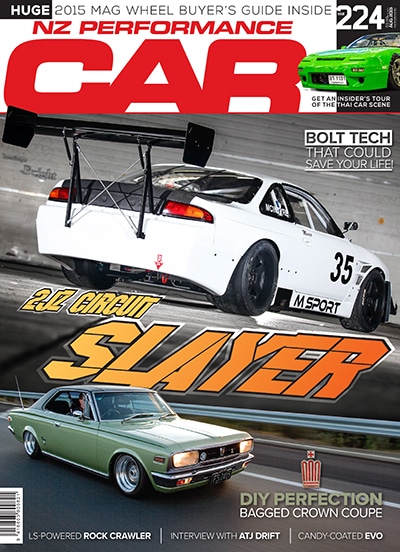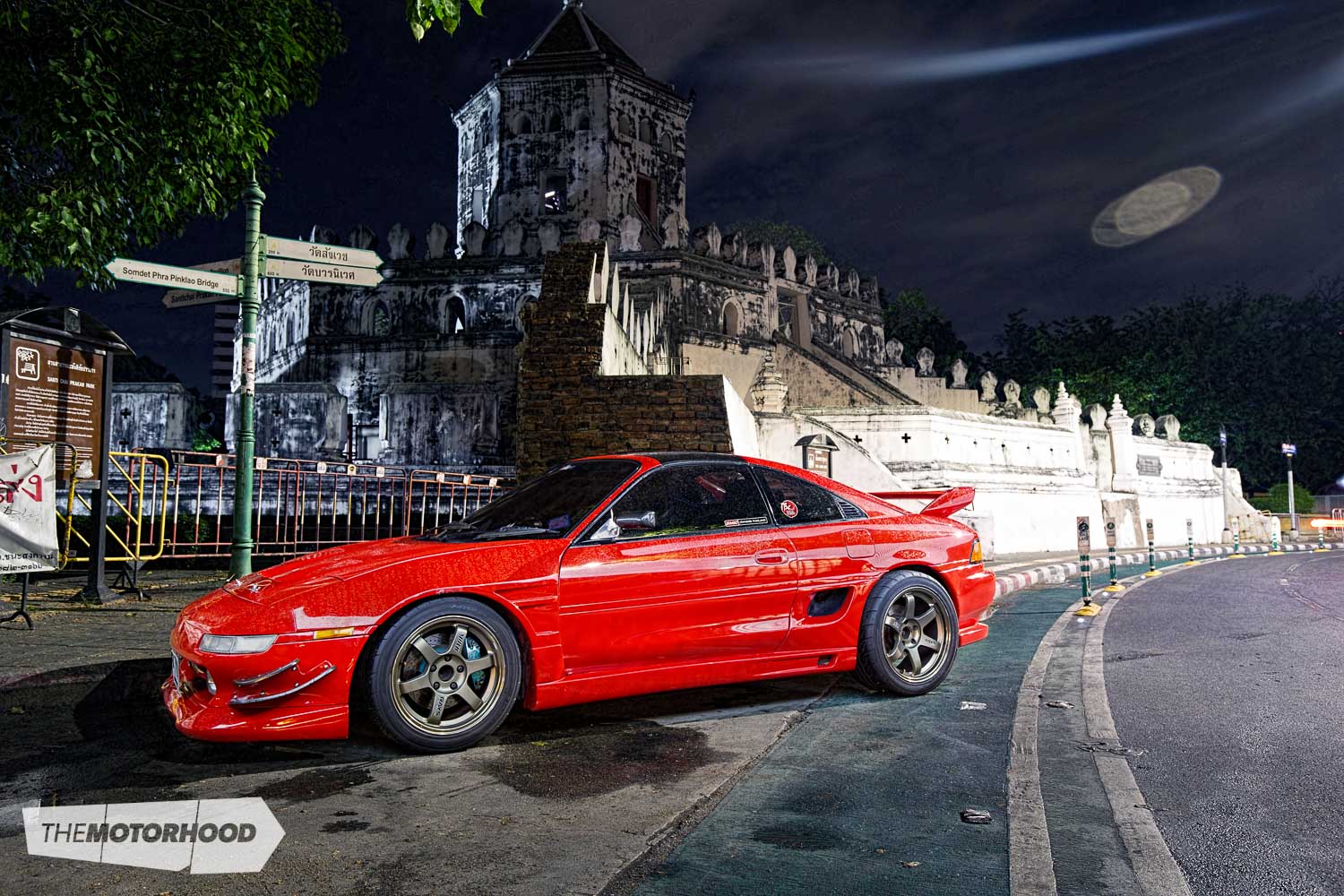
Just as we thought we had a fair idea of what was going on in the automotive world, a Facebook page named ‘Streetmetal’ prompted us to find out more from an unlikely corner of the globe. With a scene that appears to be more evolved and intense than ours, Thailand is a hot-pot of crazy Japanese cars that are commonly modified here in New Zealand — with the added bonus of some of the most spectacular urban cityscapes to cruise around in late at night, and readily available JDM accessories to make things even better.
We got the feeling that it wasn’t just tuk-tuks and taxis that get modified — as seen in the second instalment of the Hangover movie franchise — and we weren’t disappointed. Reaching out to Kittitouch Katemanee from Streetmetal, we asked him if he’d give us a rundown on the Thai car scene as a whole, and what the usual car enthusiast gets up to. It helps that Kittitouch is a car enthusiast through and through, and, little did we know, has lived not only in Thailand, but in Japan, too. He also owns a modified Honda Civic EG with a D-series engine that is completely stripped out, with Bride seats and on Volk wheels.
But enough of us rambling on about how cool their scene is — over to you, Kittitouch!

NZ Performance Car: Hey Kittitouch, tell our readers a bit about yourself and how your Streemetal brand came about.
Streetmetal: When I was young, I loved modified cars so much that I started driving them when I was 16 years old. With a passion for nightlife and street racing, I would meet my friends at the gas station every Saturday night, and we’d go on runs — to me, this life is a wonderful one. I was so passionate about modifying cars when I was younger, that I decided to make the move to Japan to be amongst the tuning scene there. Every day, I was working with used cars, removing tuning parts off them, and selling them online.
In 2013, I decided to move back home to Bangkok, and I wanted to take photos of cars there and get involved with this car culture again. After shooting my EG Civic and a friend’s car quite frequently, I decided to establish the Streetmetal Facebook page in March, 2013.
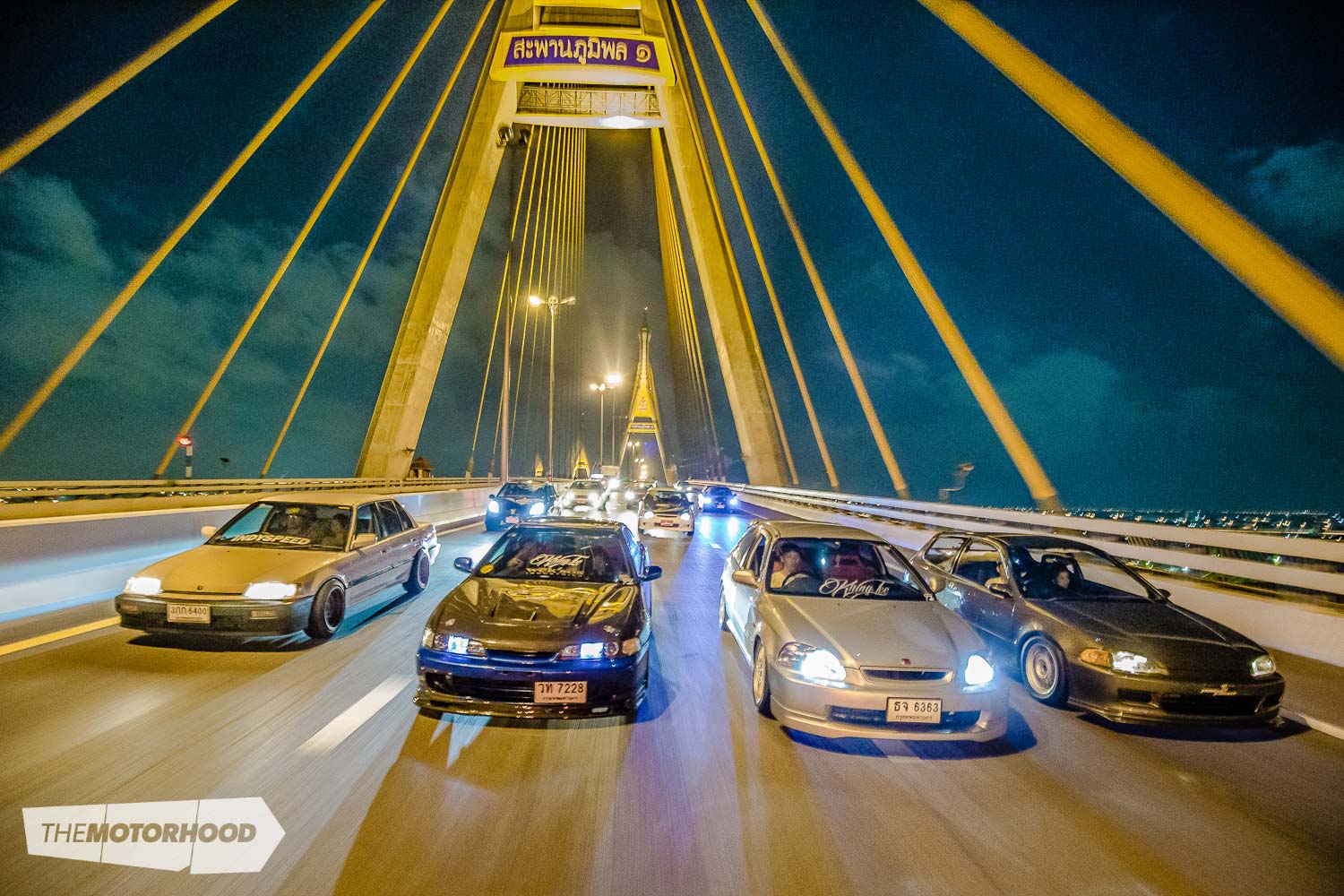
What vehicles do people modify in Thailand, and which city has the largest tuning scene?
People like to modify all sorts of Japanese cars in Thailand, but mainly Nissan Skylines, Silvias, and Cefiros; Toyota Supras, FT-86s, and MR2s; Mazda RX-7s; Honda Jazzs, Brios, Civic EF–EKs, and Integra DC2–DC5s; Subaru Imprezas; and Mitsubishi Evos, plus many more. Bangkok has by far the largest car scene in Thailand, but the small cities are crazy about cars, too. Cities such as Chiang Mai, Chonburi, and Nakhon Ratchasima are all crazy about cars, and have a big car culture. However, Japanese vehicles in Thailand are extremely expensive to modify because of import duty taxes. Because of this, everyone wants to modify small city cars. Most of the time, people purchase later model cars — for example, they will buy a Honda Jazz, and swap in the K20A motor from a DC5 Integra.
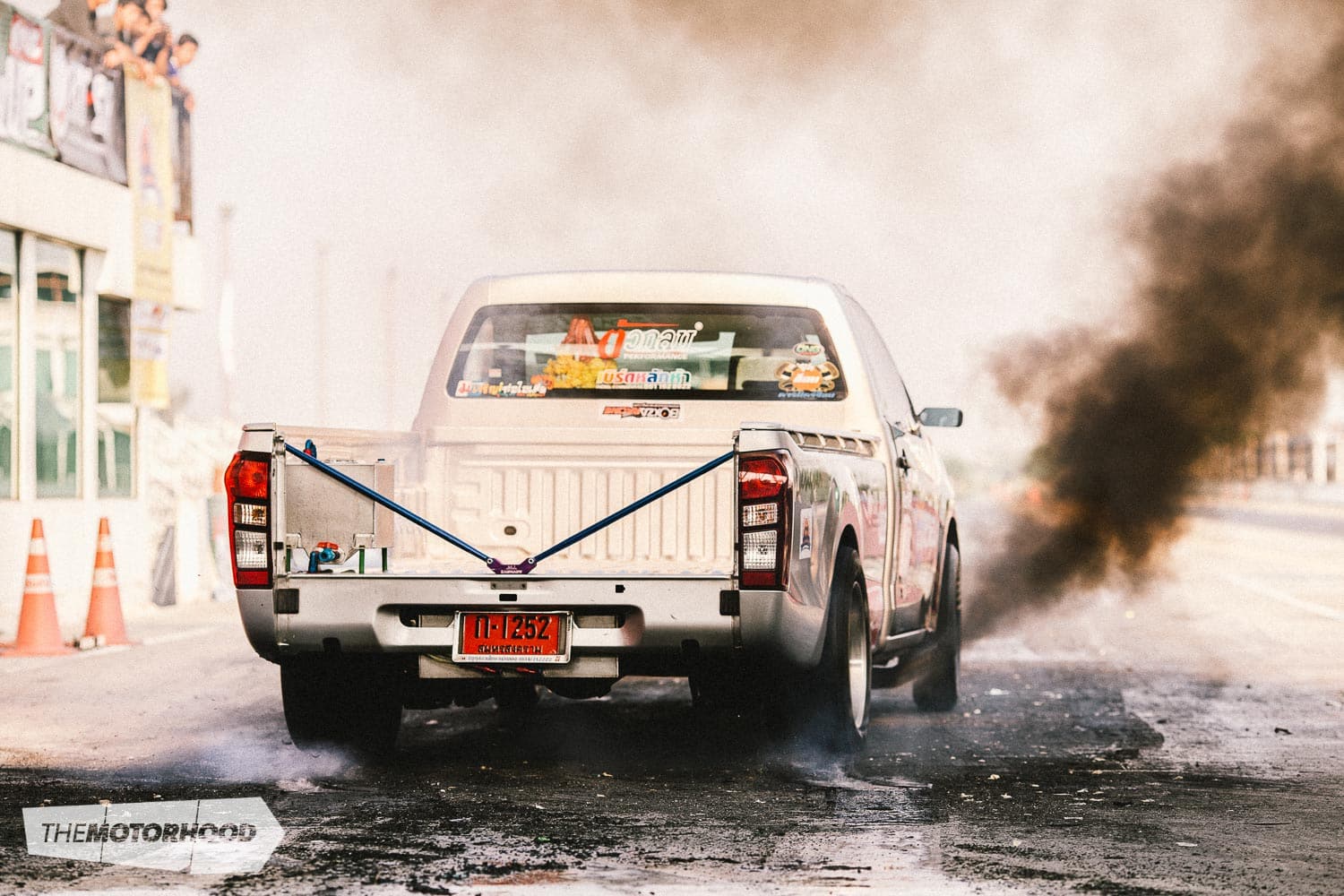
Tell us about the different tuning styles in Thailand — what’s the most popular; drift, drag, or street?
The drag racing scene is very popular here in Thailand, and we now have the very first drag racing track in Bangkok. Thai people are crazy about horsepower, and drag racing is an easy challenge to join where horsepower is key. At present, we have the world’s fastest four-cylinder turbo diesel. Drifting was popular in Thailand around two to three years ago, but now rear-wheel drive cars are too expensive to buy here, and the cost to race in competition is too high. Most of the top level drifters are either business owners, or run by businessmen. Circuit racing is the same. It’s well known to be for wealthy people, business owners, and politicians, because it costs a lot of money to build a car for one race. There is club-style racing on the circuit, but it’s mainly for ‘street weapon’-style cars. Street weapon cars are tuned in a way that they look like circuit cars or time attack cars, but they’re mostly used on the street, with occasional use on the weekends at the circuit.
Street racing is very famous in Thailand. On a normal street racing night, around 50–60 cars turn up to race, which has made the police very strict. Nowadays, a naturally aspirated engine on the street is just as quick as a turbocharged engine. There are two types of street racing — drag racing, and the more exciting highway runs.
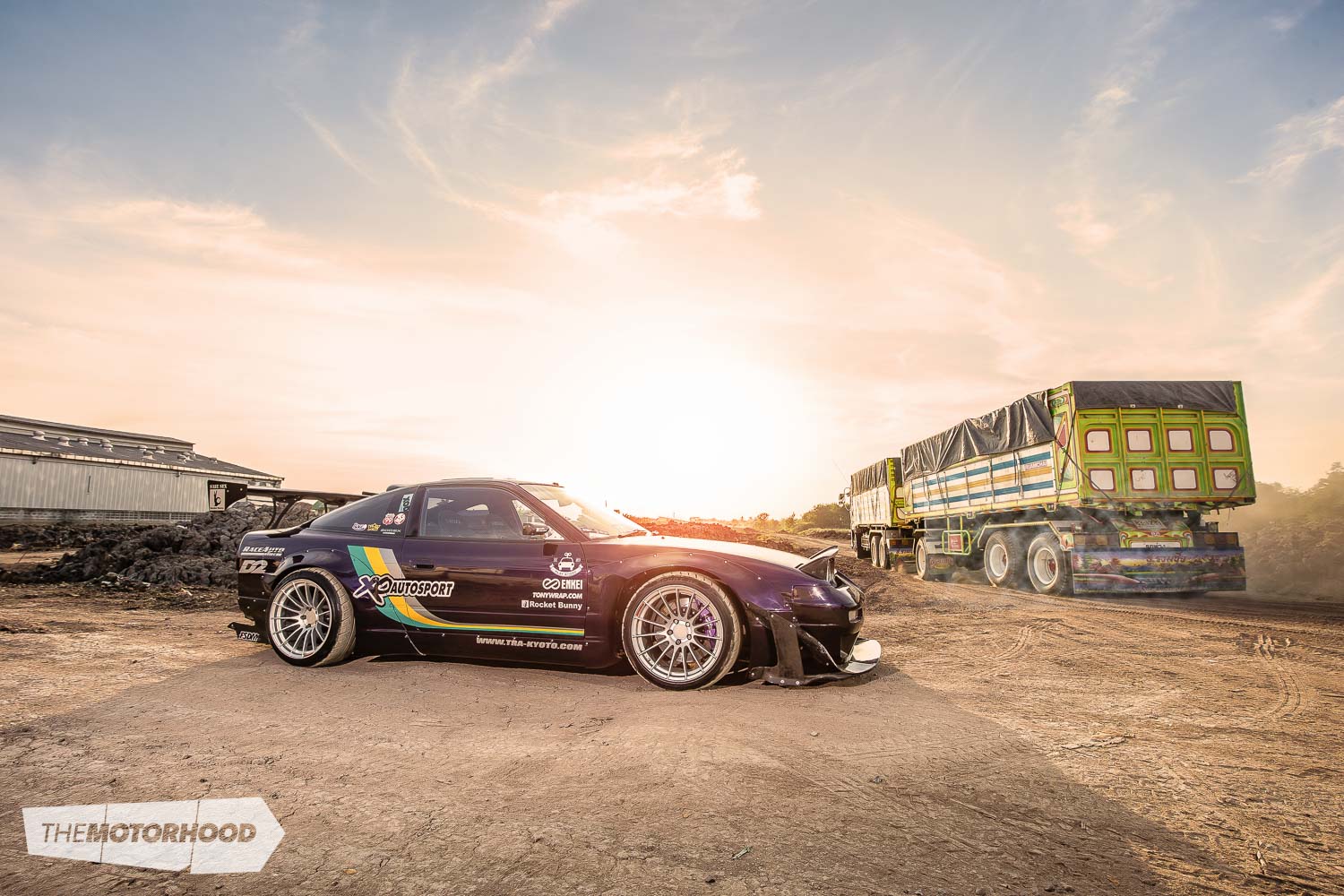
Do you think the Japanese modifying style will continue to grow in Thailand, or what do you see replacing it?
Yes, I think the Japanese modifying style will grow in Thailand, because most people here own Japanese cars, which makes it easier. The trends in Thailand are different from anywhere else, because Thai people love to put carbon fibre on everything — carbon bonnets, fenders, doors, GT wings, and trunks. They also love to set up heaps of gauges all lined up on the dashboard. For the most part, I think it will continue to grow, but I’m not sure what the next trend will be here — maybe USDM.
Thanks for giving us an insight to the car culture that is forever evolving in Thailand, there sure are some wild cars over there.
Thank you very much for this opportunity.
Bonus content:
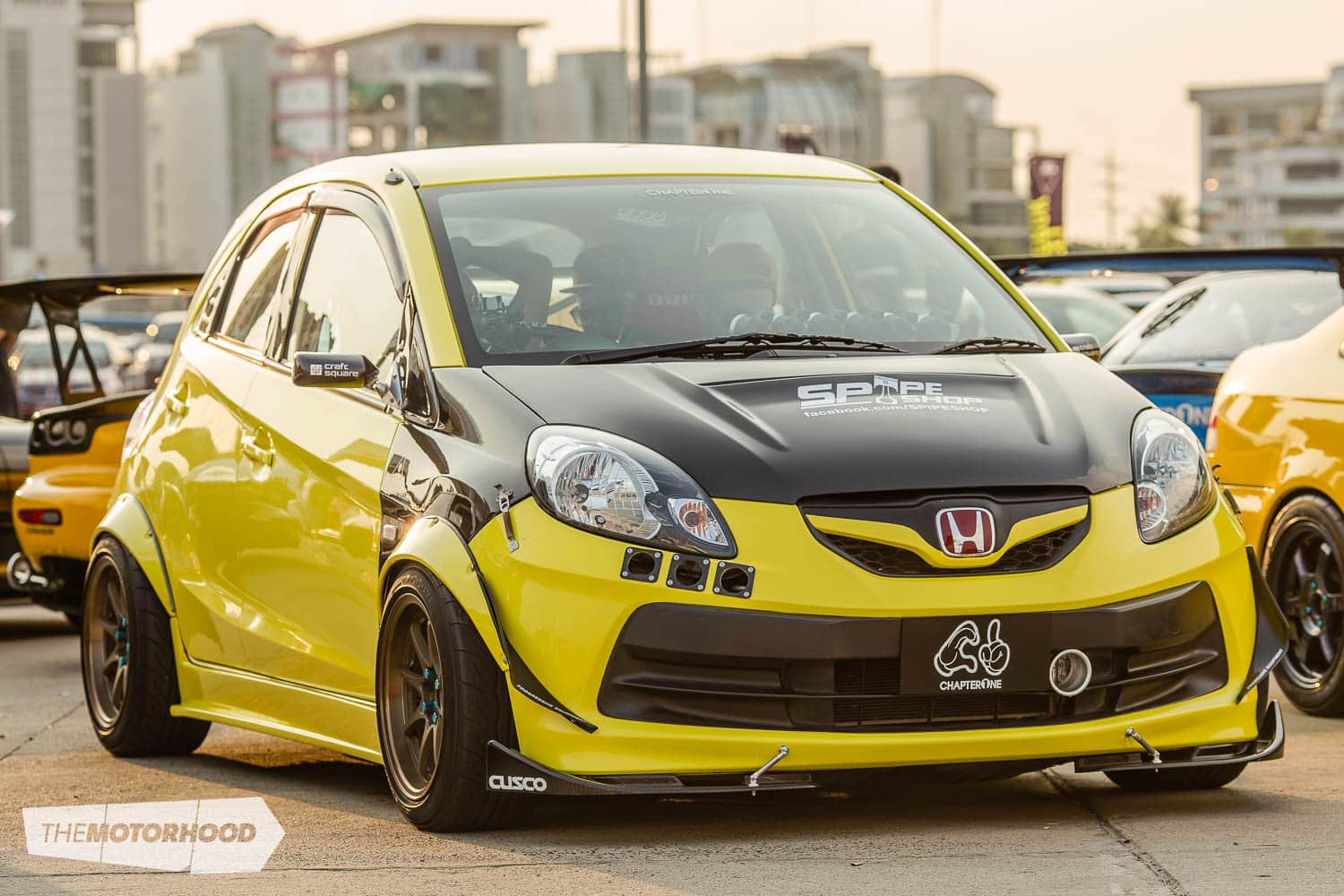
According to Streetmetal, the most common cars to modify are late model Hondas, such as this one. In a typical Thai street weapon fashion, it’s covered with carbon, has racing slicks, and plenty of gauges .
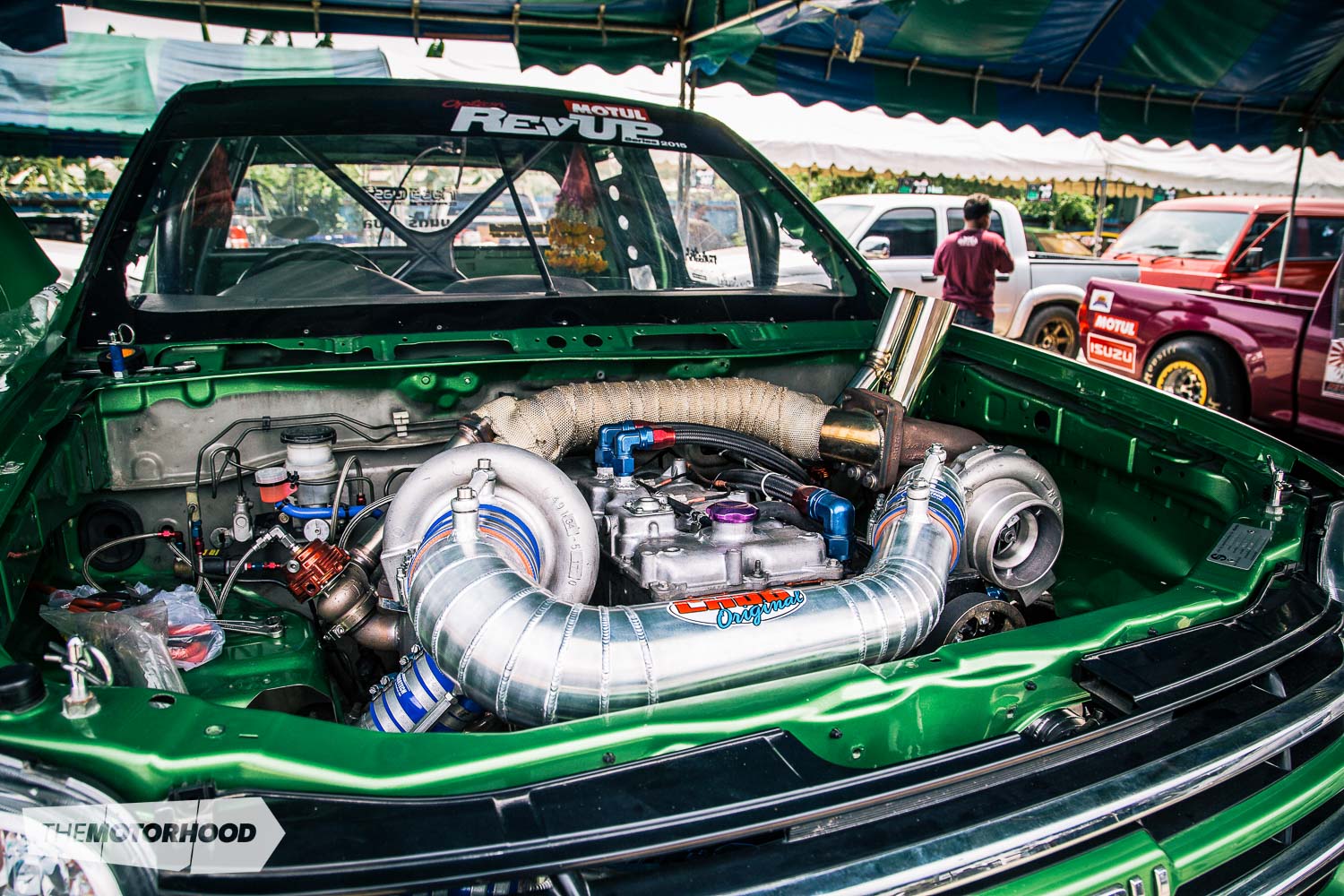
Drag racing is hugely popular in Thailand thanks to the Thai love affair with horsepower. However, although they do modify the usual RBs, 2JZs, and such like, they really go crazy with their diesel-powered vehicles, namely Isuzus. Often utilizing compound turbo set ups, these diesel-powered Isuzus produce huge quantities of torque and smoke. These Isuzus are powered by 4JJ-1 engines — a three-litre inline four-cylinder — and in drag specification, usually produce over 492kW (650hp) and 1000Nm of torque. Times are now starting to knock on the seven-second door, which probably won’t be seen by any diesels here any time soon.
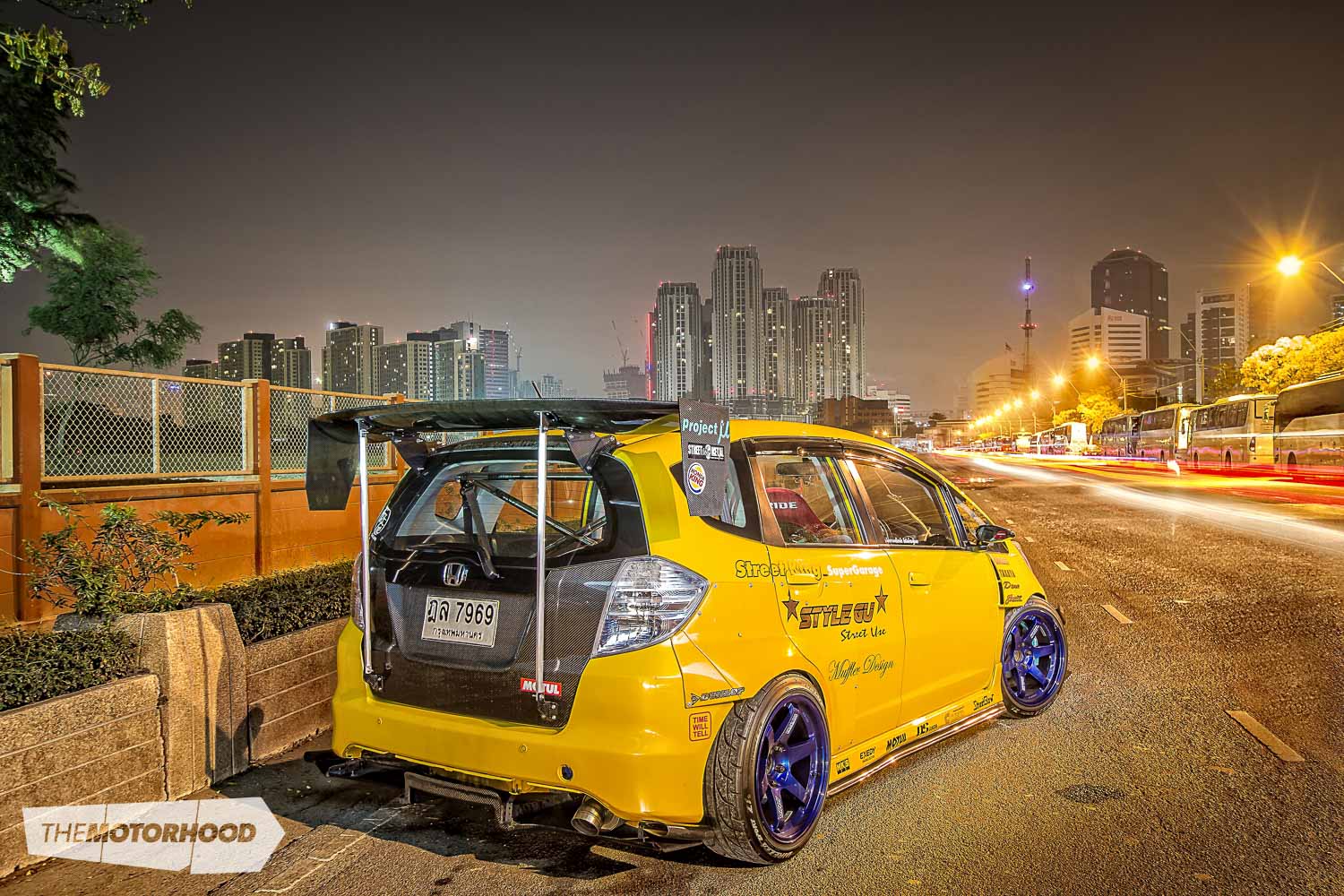
Believe it or not, the Honda Jazz is actually an extremely potent package once modified. Examples modified in the street weapon-style — such as this one — often receive K20A engine swaps, Bride seats, massive aero, and genuine wheels such as those produced by Volk and Work. Although it appears to be a full circuit or time attack car, it only gets used on the street. We thought this was an image taken during Kittitouch’s travels to Japan, but it’s 100 per cent Thai.
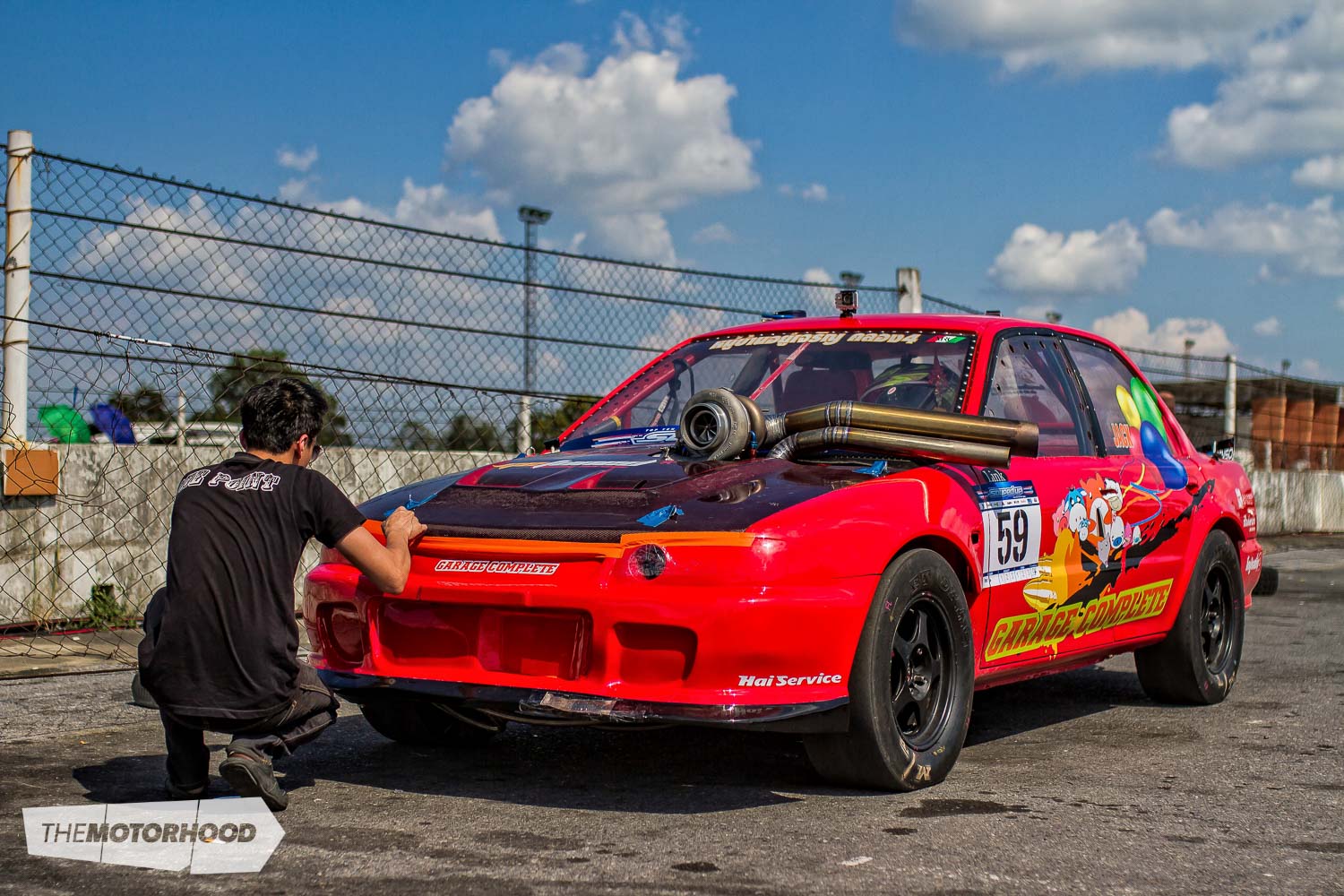
Think your turbocharged early model Mitsubishi Evo turbo set-up is boss? Check out the extremely high-mounted large-frame Garrett turbo sitting above the drag-spec 4G63 engine. Believe it or not, this is a common sight here in Thailand, even on the streets.
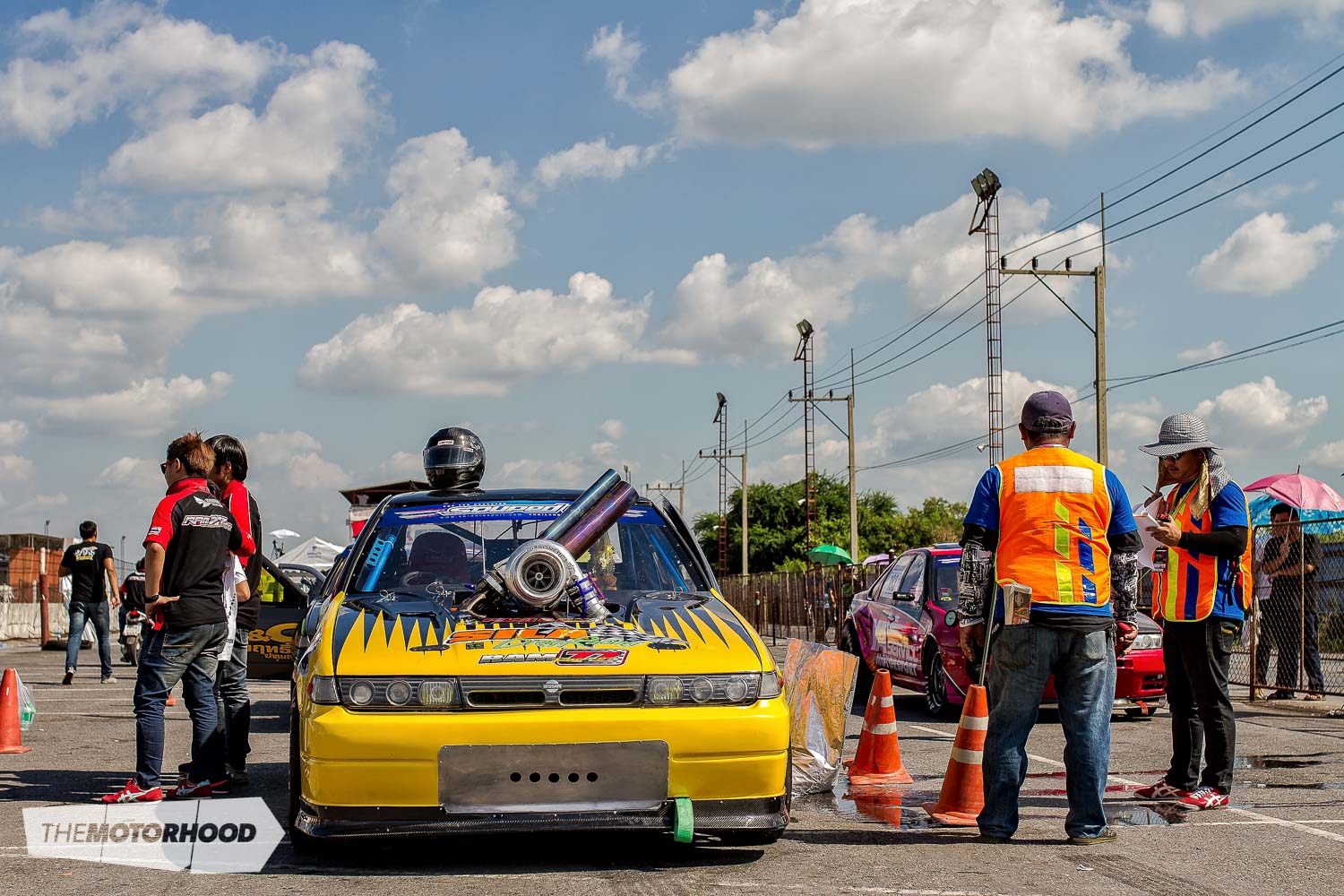
Just when you thought Little Johnny was the king of rowdy Cefiros, the Thais showed up with these two insane dragsters. This takes shotgun exhausts to a whole new level, with the tarnished purple of the screamer pipe and downpipe visible as they venting near-vertically. The Turbonetics turbo is mounted high above the 2JZ-GTE — a common trend in Thailand, by the looks of it.
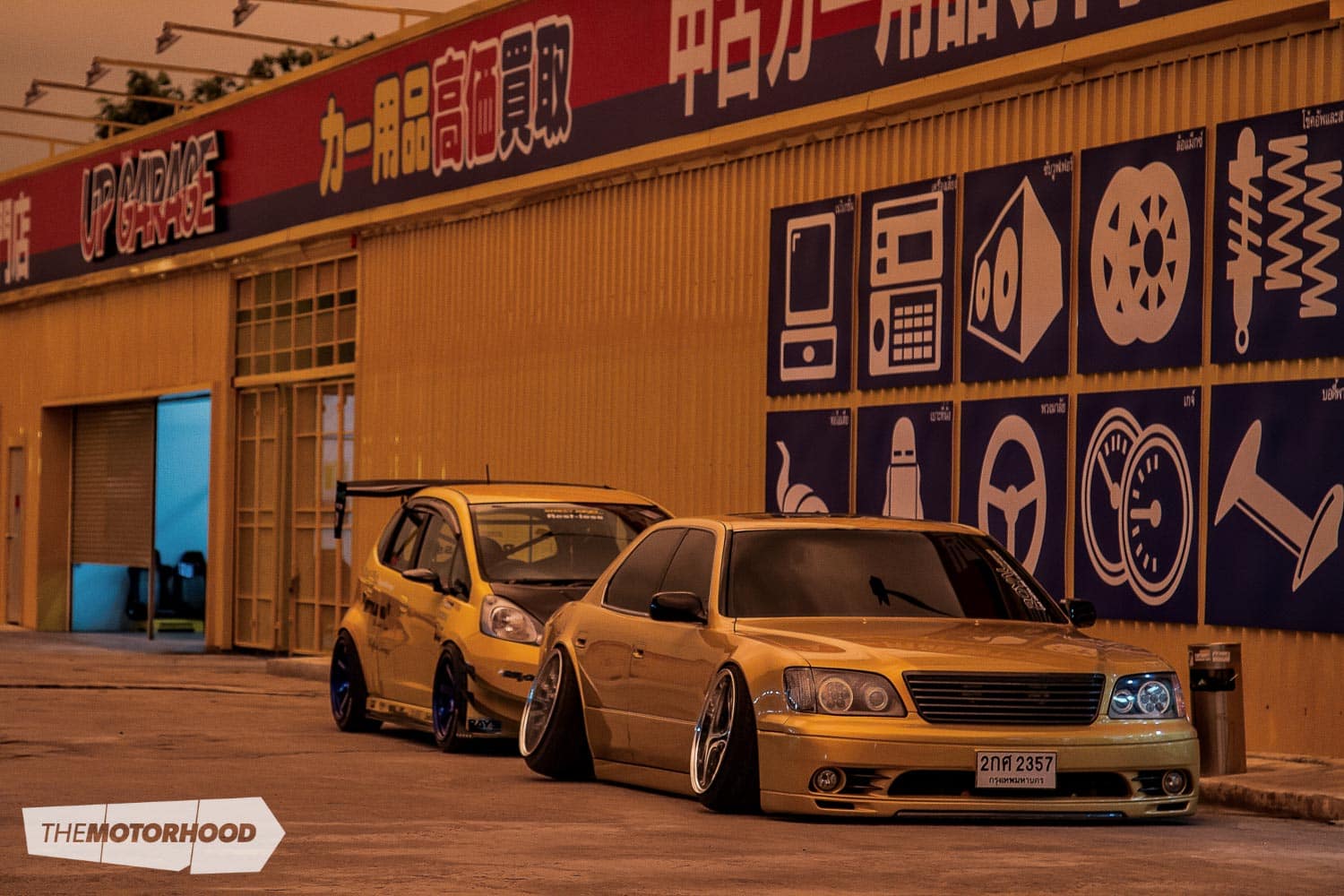
This image showcases just how varied the Thai scene really is, with VIP and ‘street weapon’-style the most common automotive styles. These examples are parked outside a Thai UP Garage, located in Bangkok.

Who’s going to be the first in New Zealand to run a street weapon-style Toyota Corolla AE101? We can’t help but love this example — it must certainly turn heads wherever it goes.
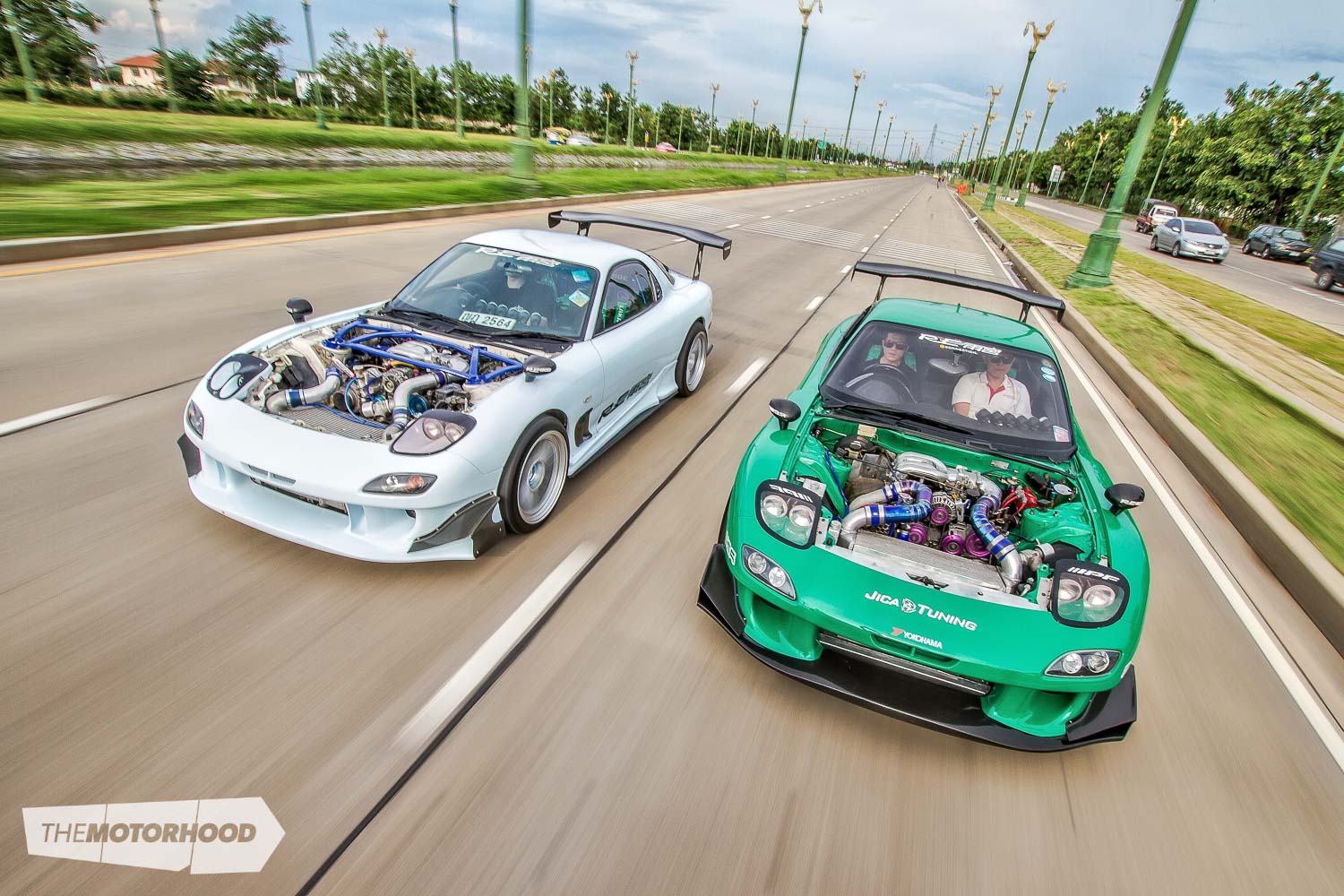
With highways for miles, these bonnetless rolling shots are all too common, and have definitely been giving us some ideas. How awesome does this pair of 13B-powered Mazda RX-7s look?
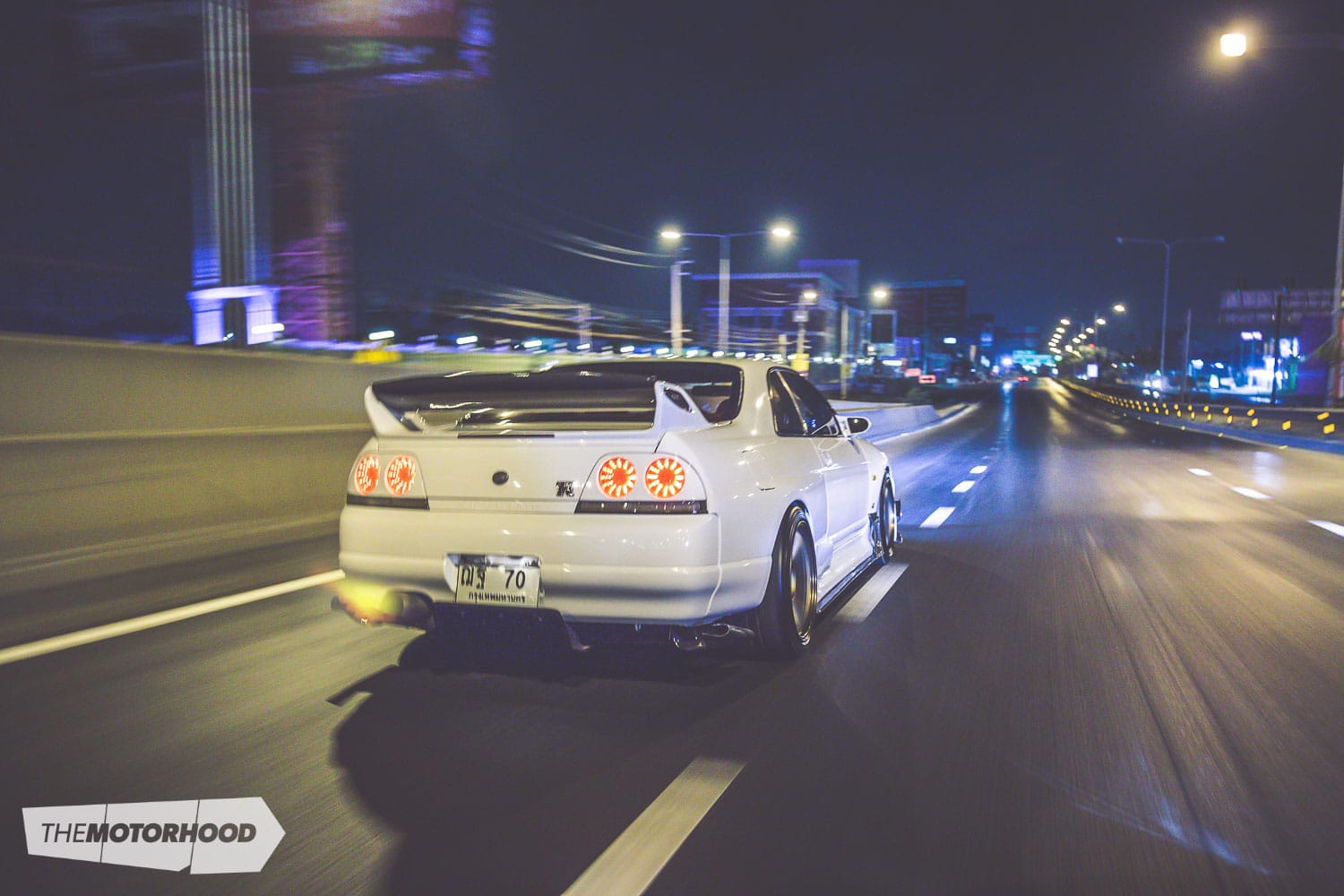
This white Nissan Skyline GT-R R33 regularly runs the highways on Saturday nights with other local high-powered (think 700hp-plus) GT-Rs. Powered by the trusty RB26DETT, this GT-R makes over 600kW (800hp) thanks to an extremely old school Trust T-88 turbo — something that hasn’t been used in New Zealand for a long time. It seems, though, that the desire to run Japanese quality items trumps the use of more efficient, and newer, products that could’ve been sourced from America, or Europe.
View fullsize

View fullsize
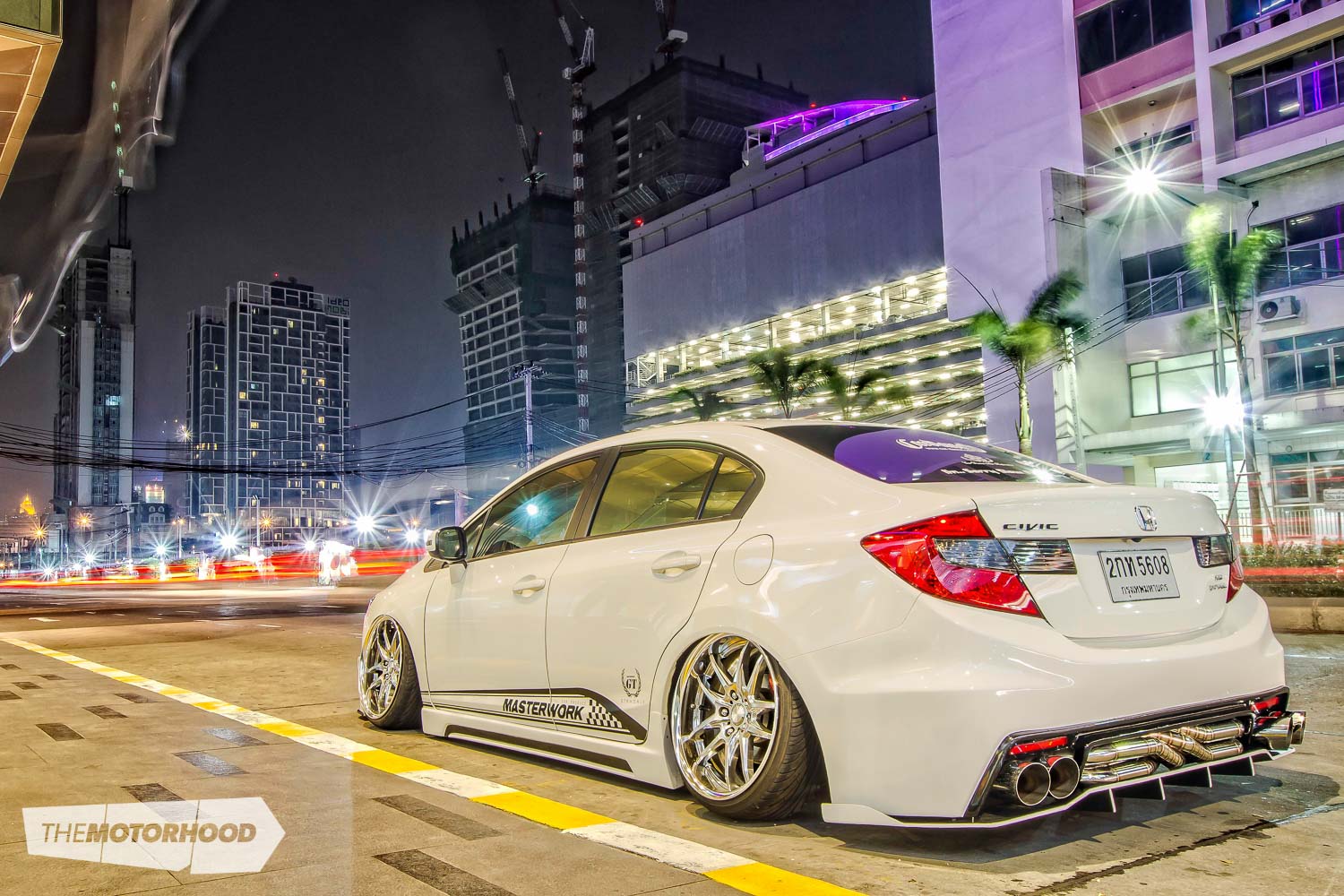
View fullsize

View fullsize

View fullsize

View fullsize
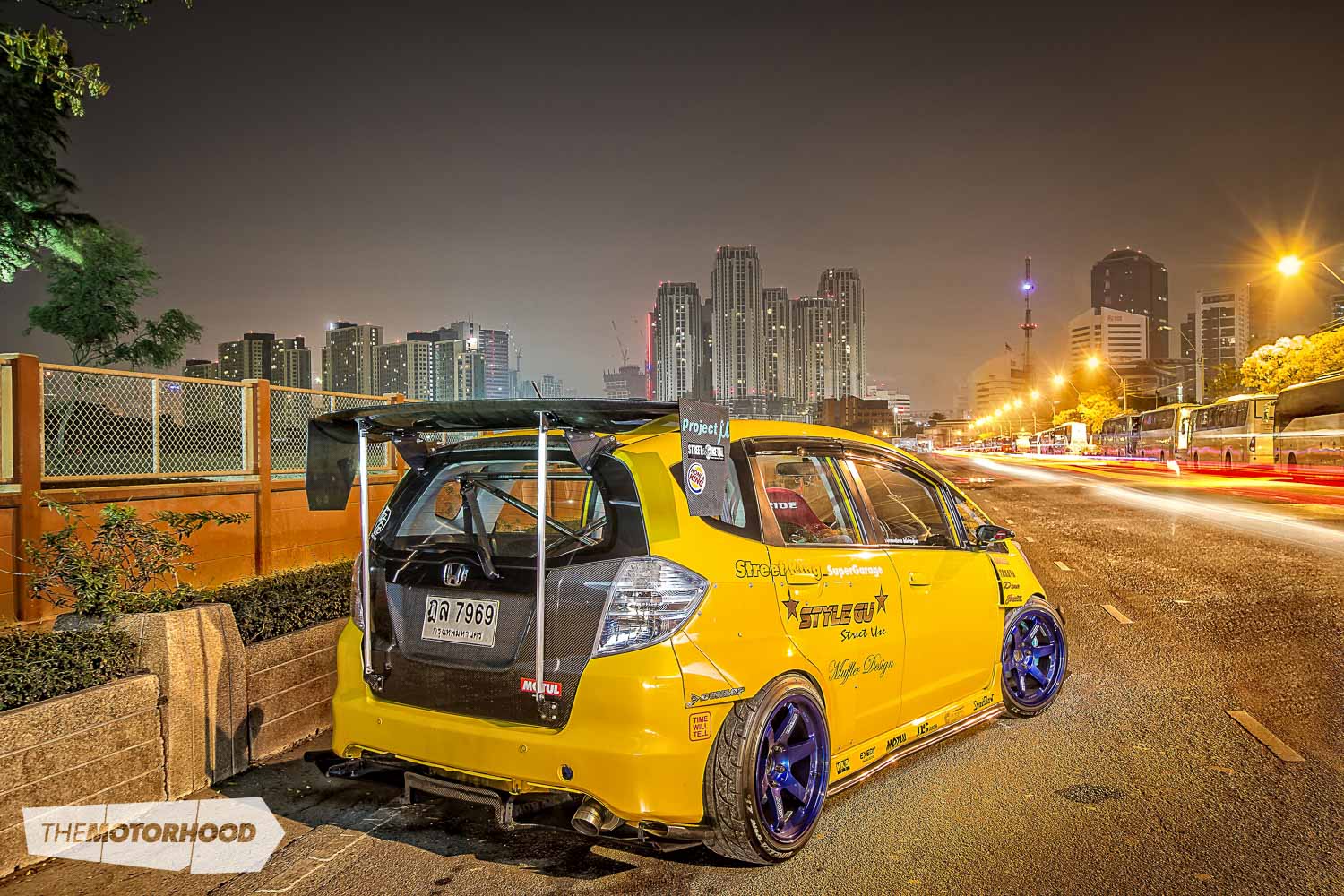
View fullsize
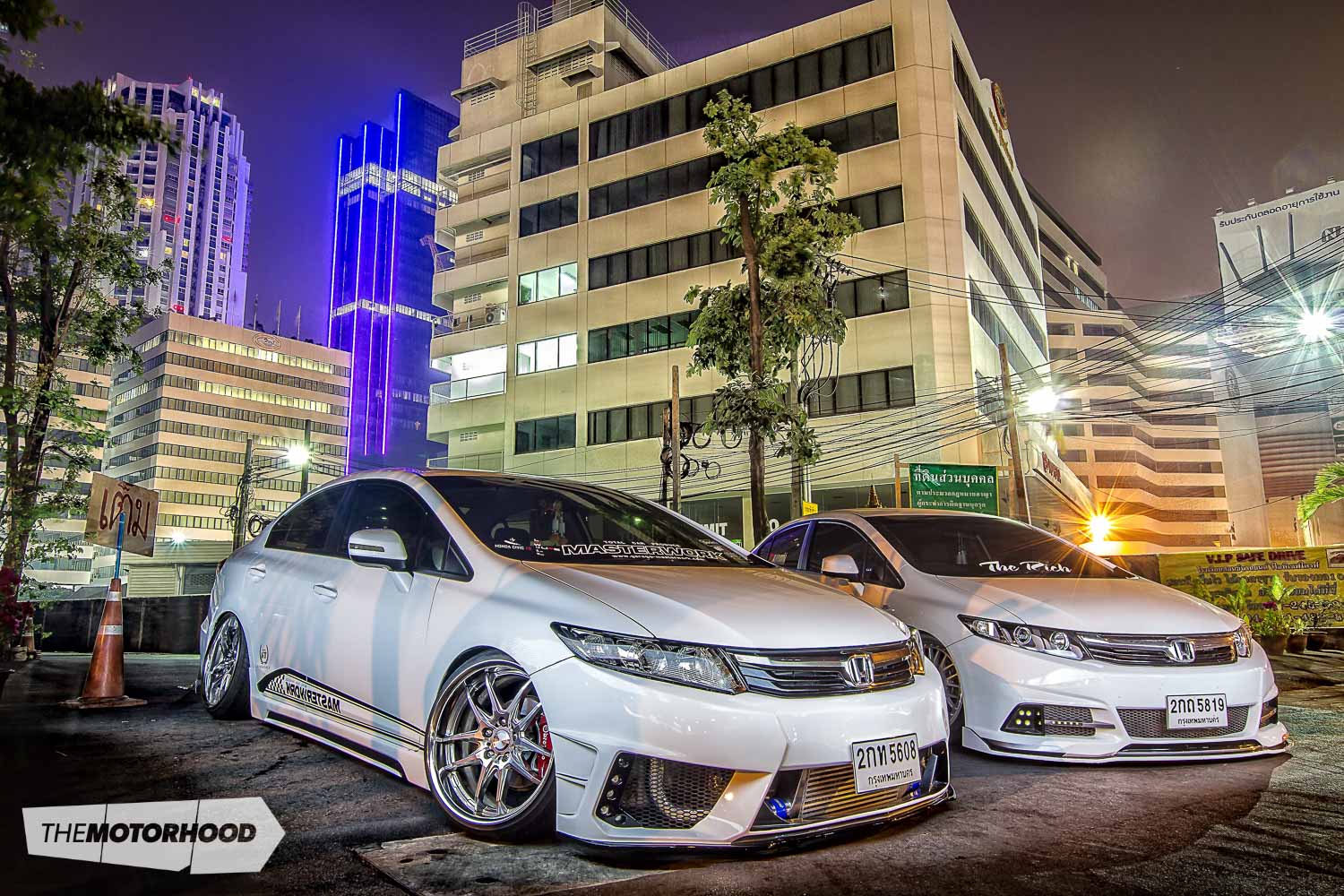
View fullsize
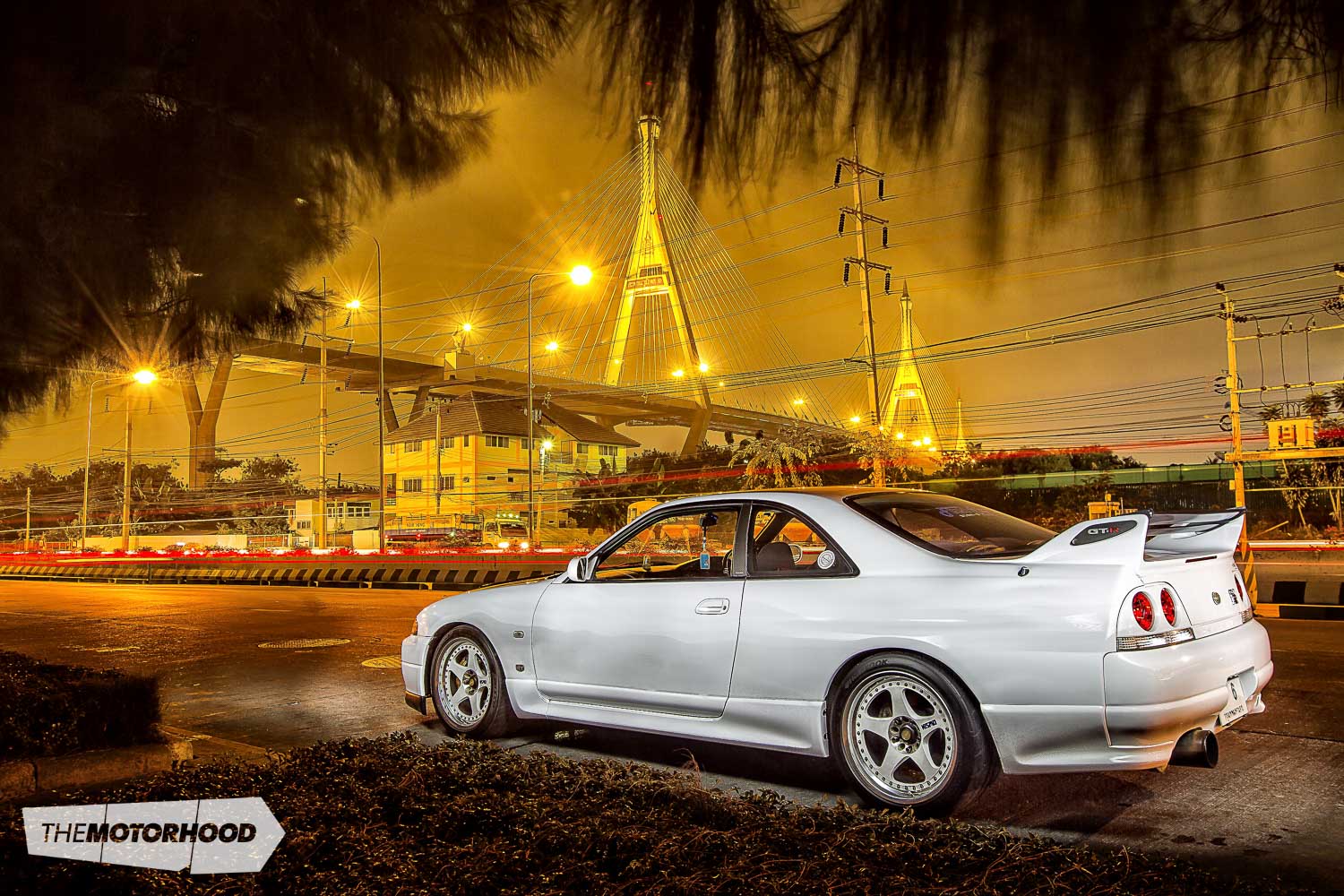
View fullsize

View fullsize
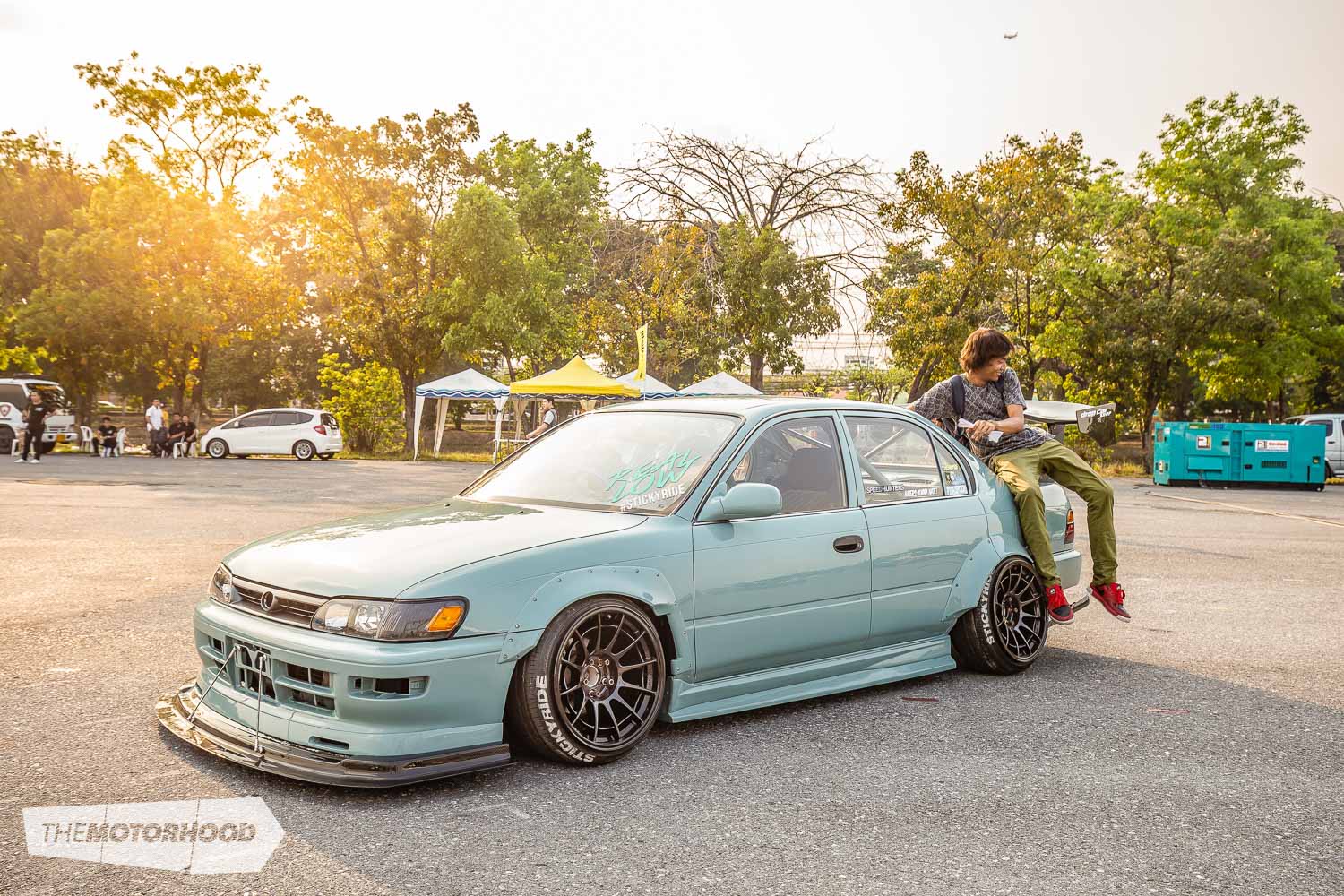
View fullsize
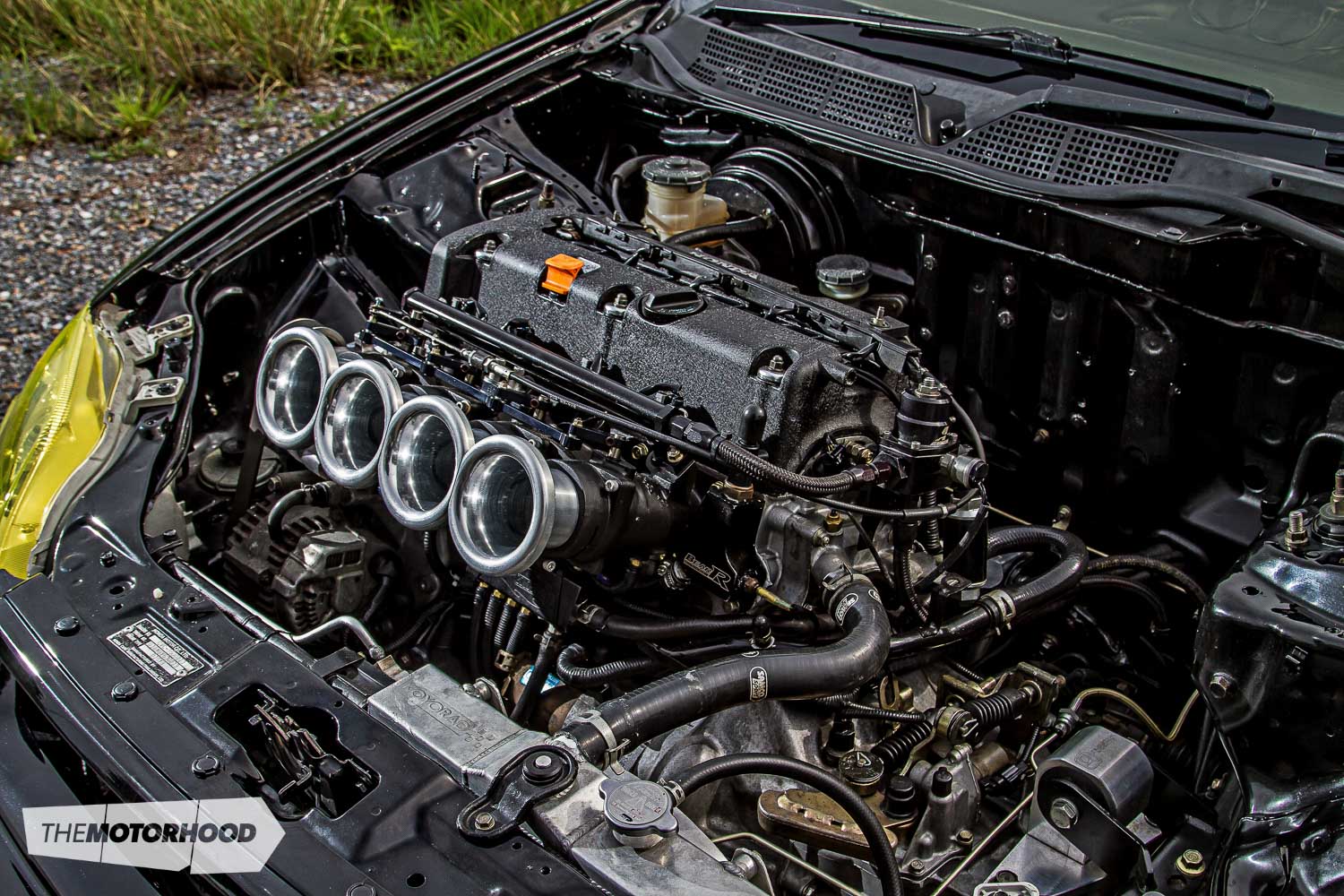
View fullsize

View fullsize

View fullsize

View fullsize
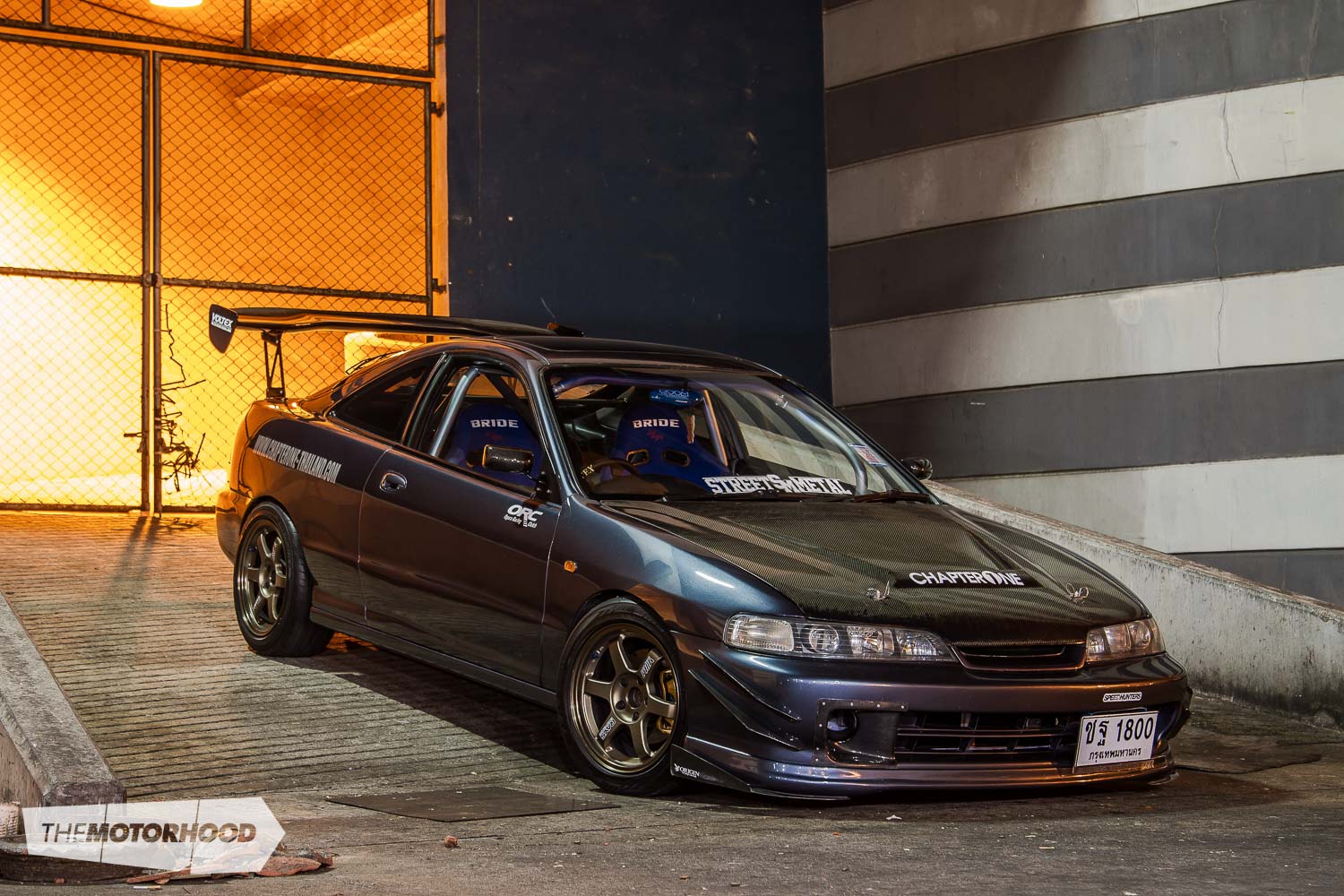
View fullsize
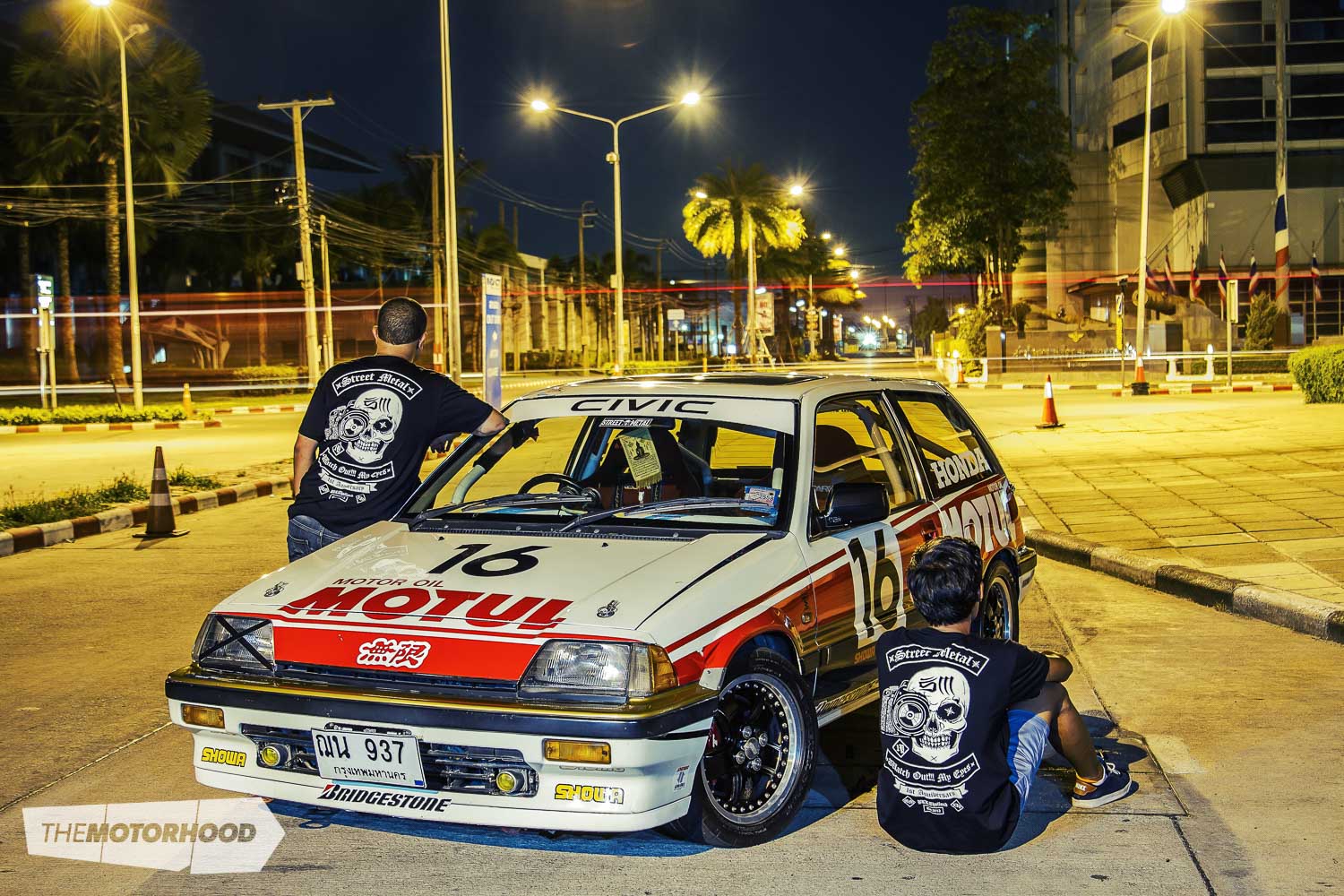
View fullsize
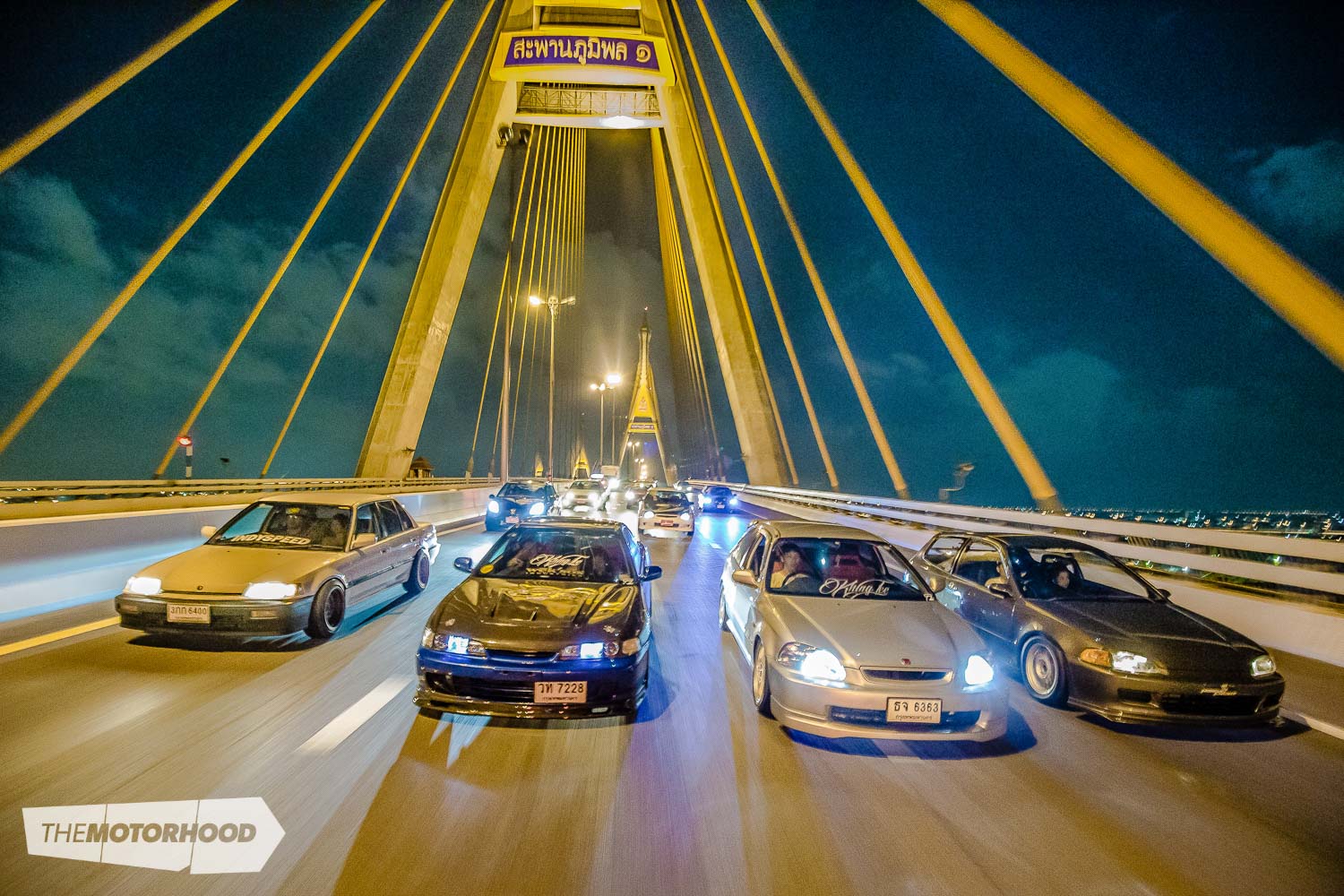
View fullsize

View fullsize

View fullsize
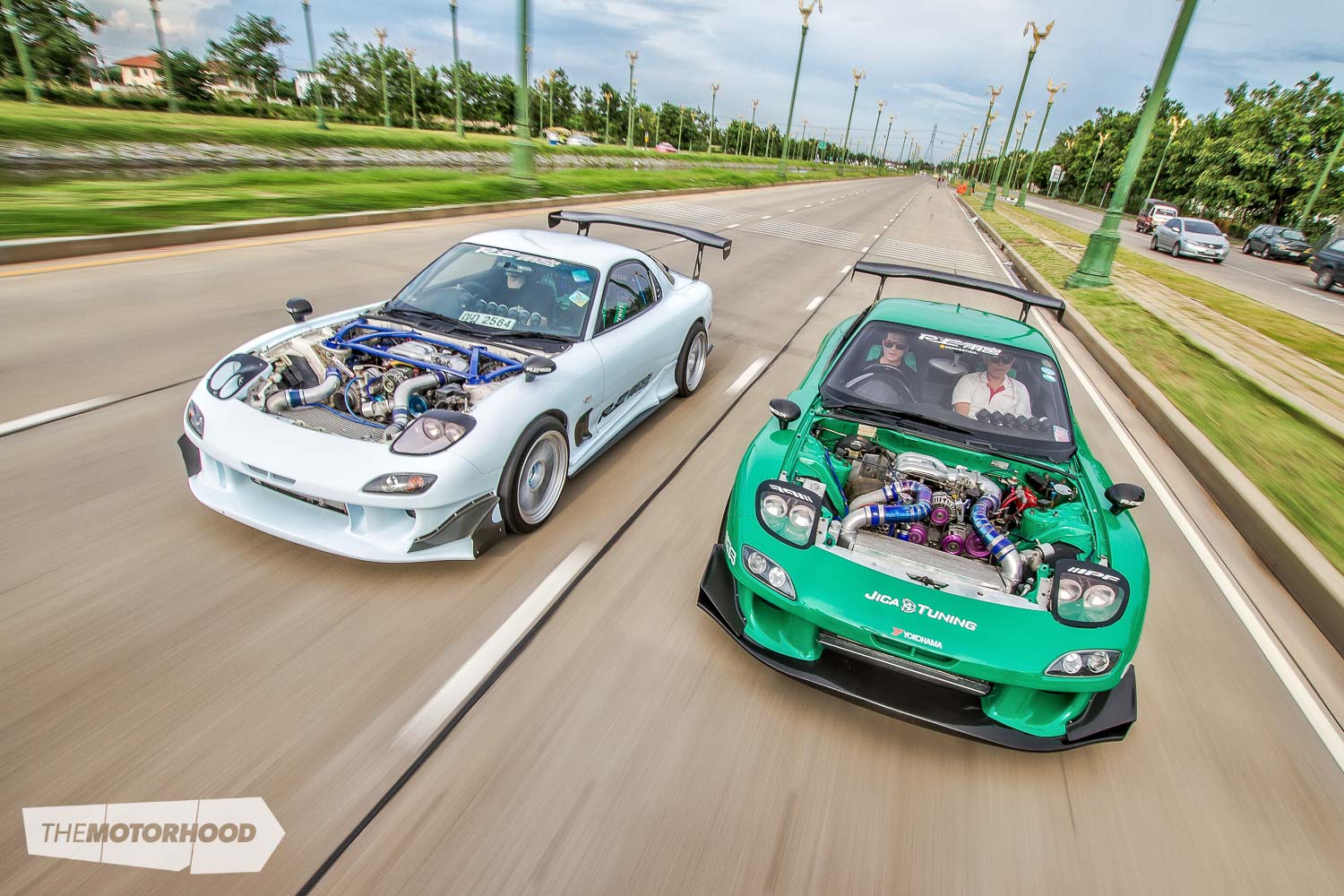
View fullsize

View fullsize

View fullsize
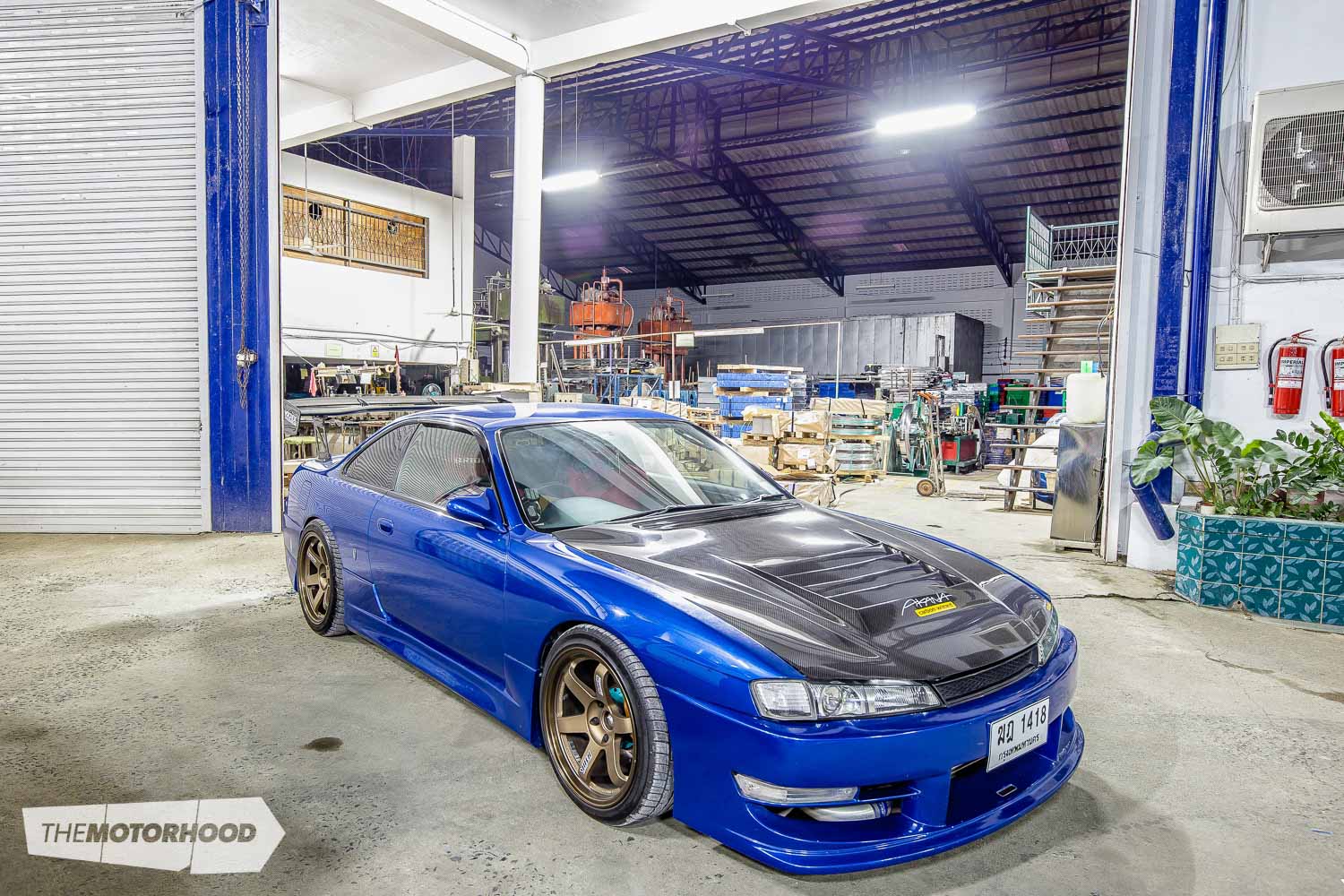
View fullsize
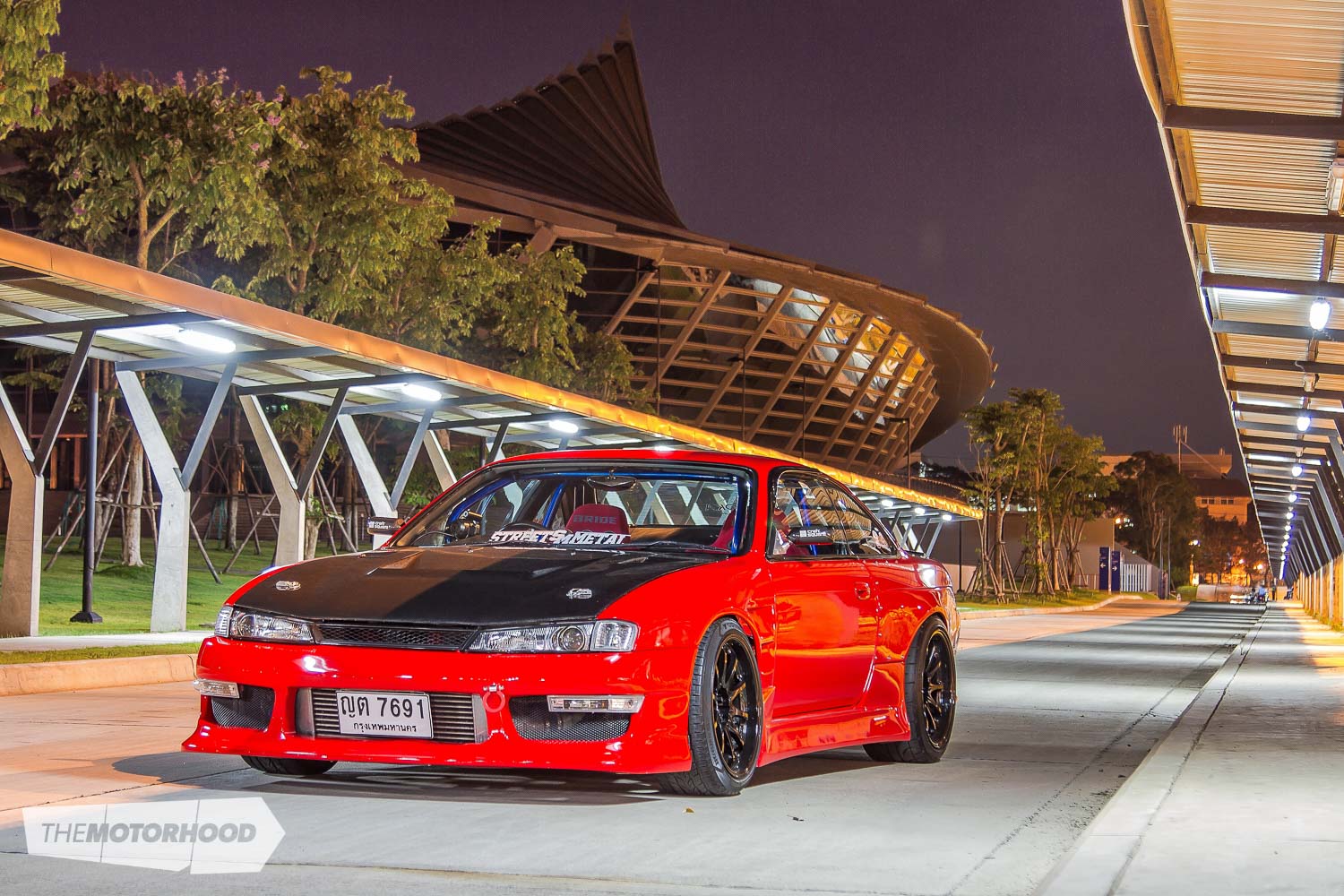
View fullsize

View fullsize

View fullsize
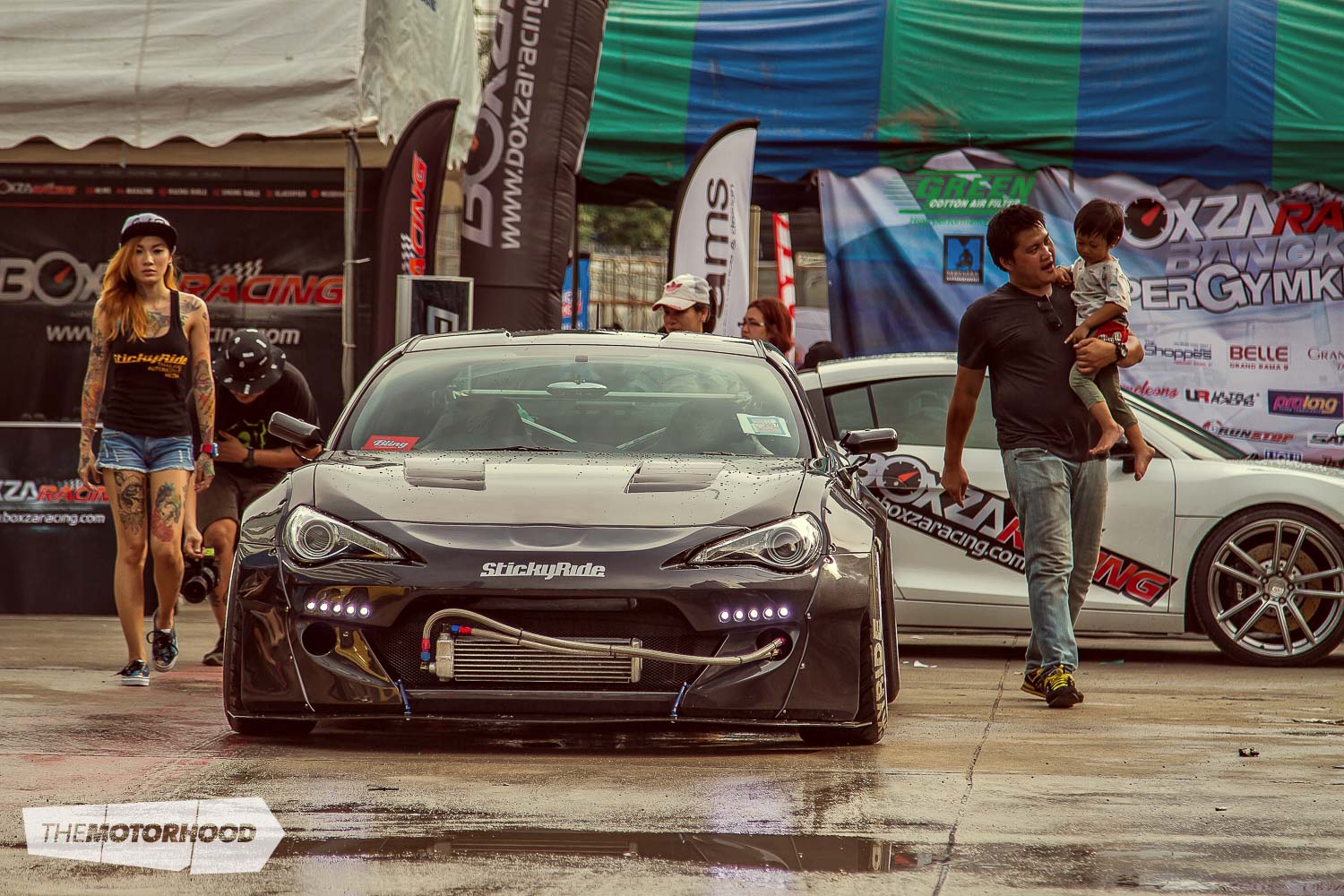
View fullsize
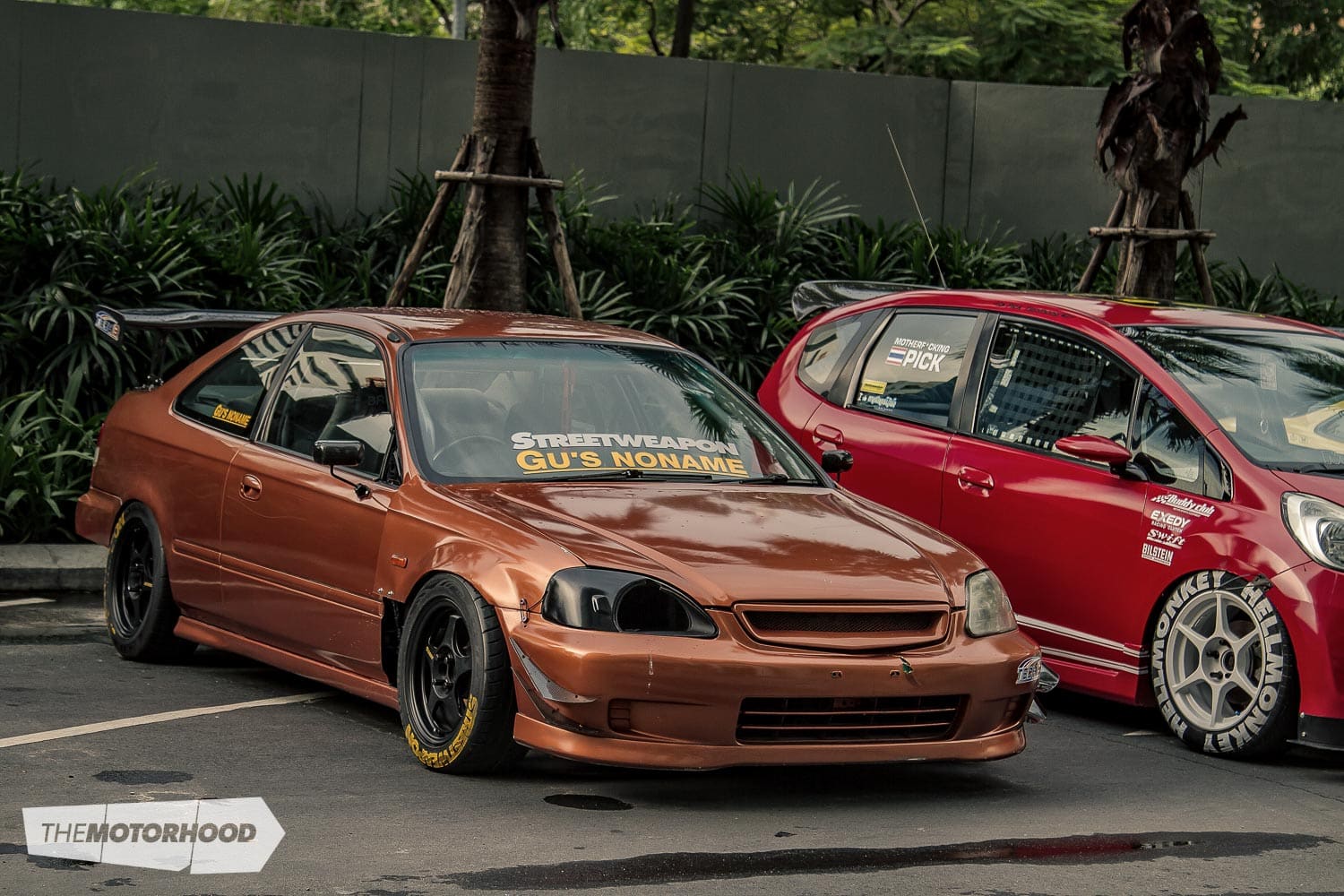
View fullsize

View fullsize
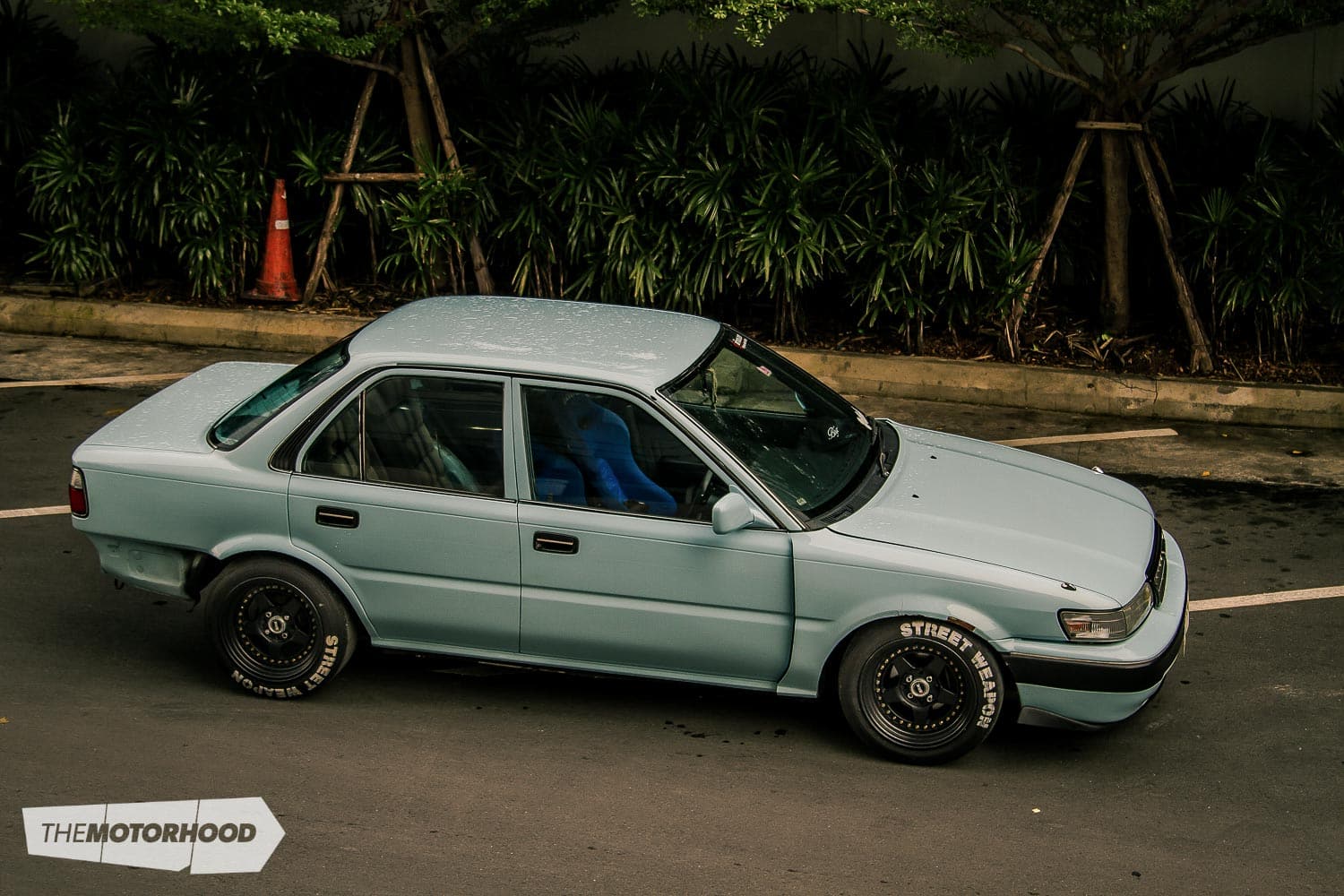
View fullsize

View fullsize

View fullsize
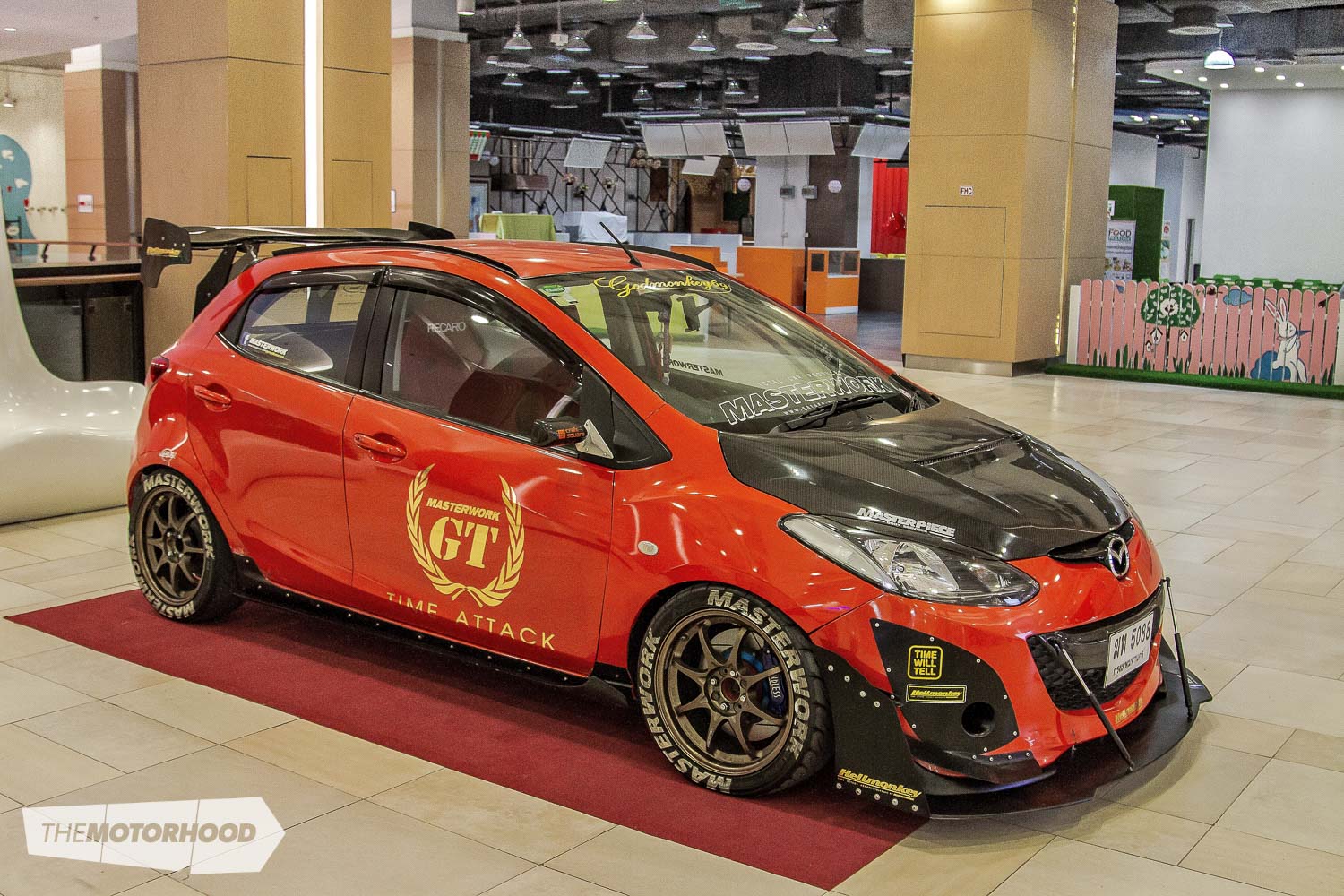
View fullsize
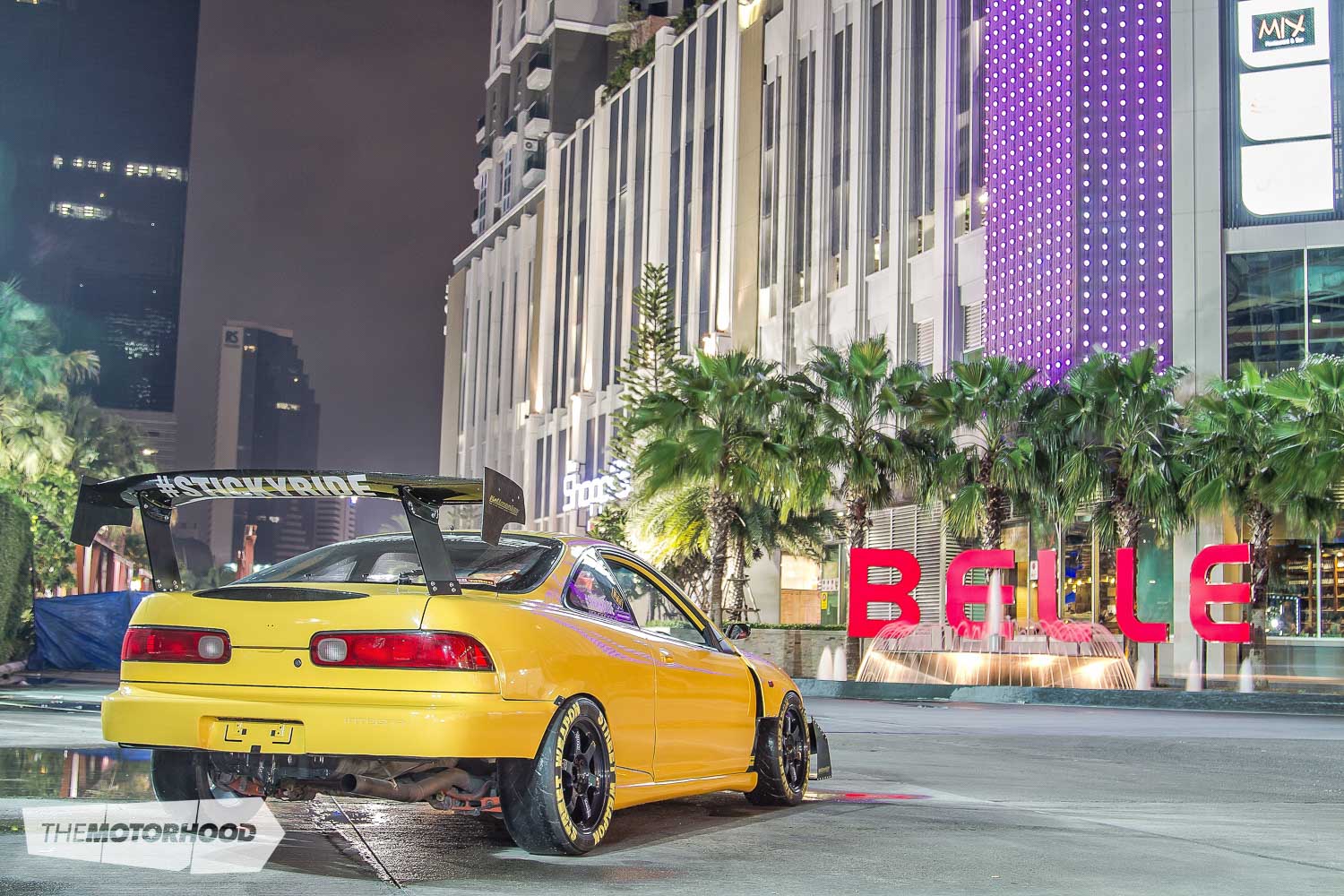
View fullsize
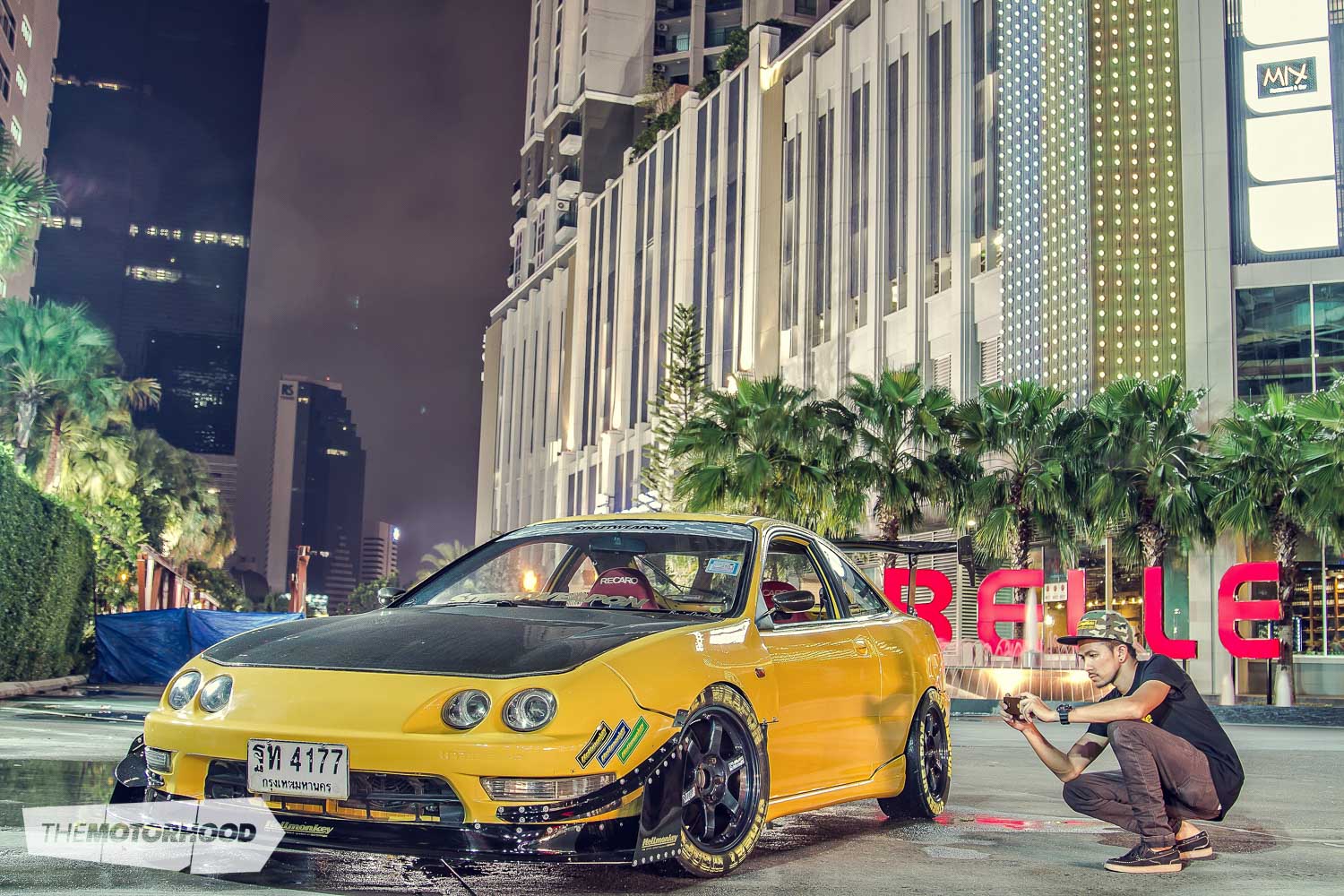
View fullsize

View fullsize
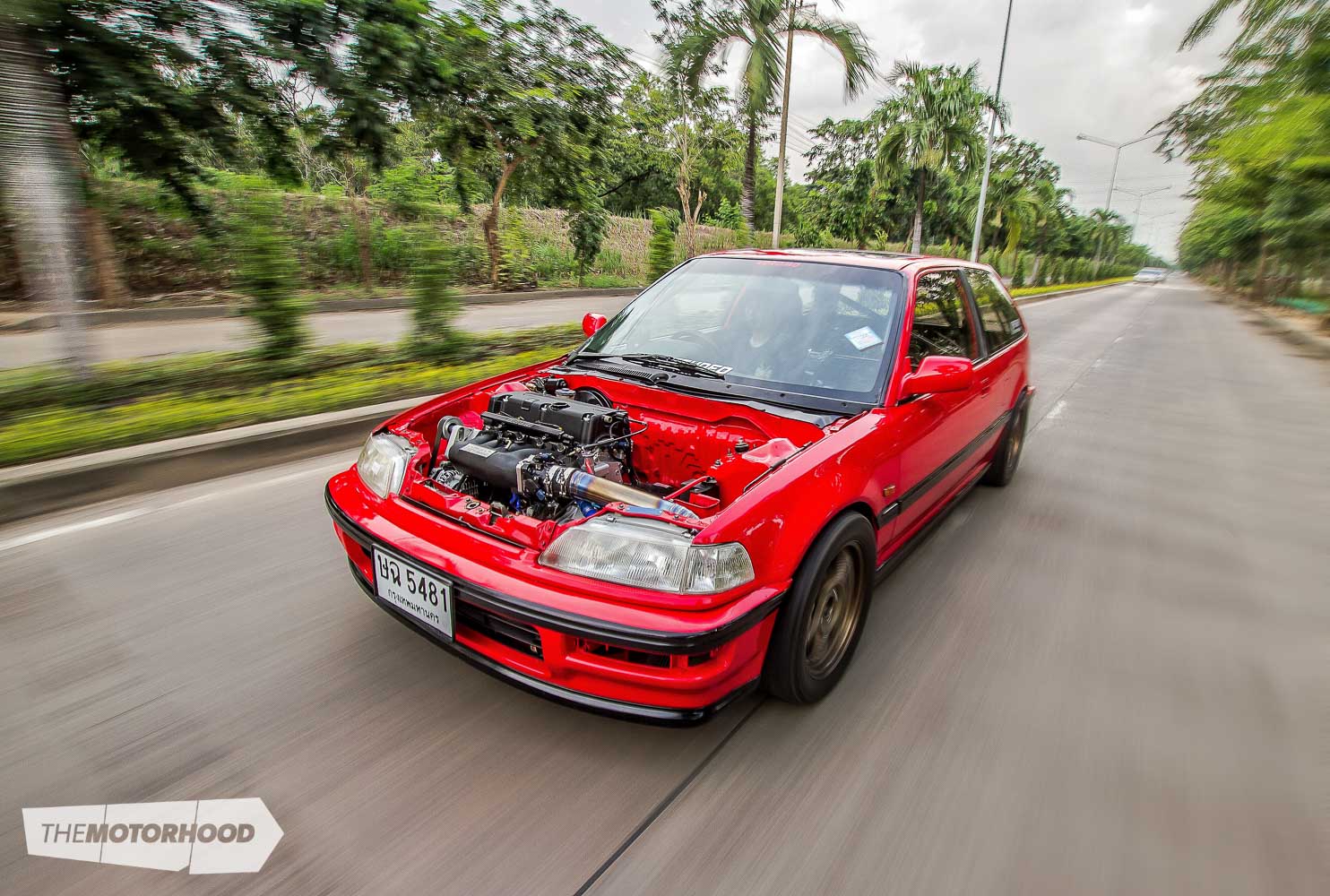
View fullsize
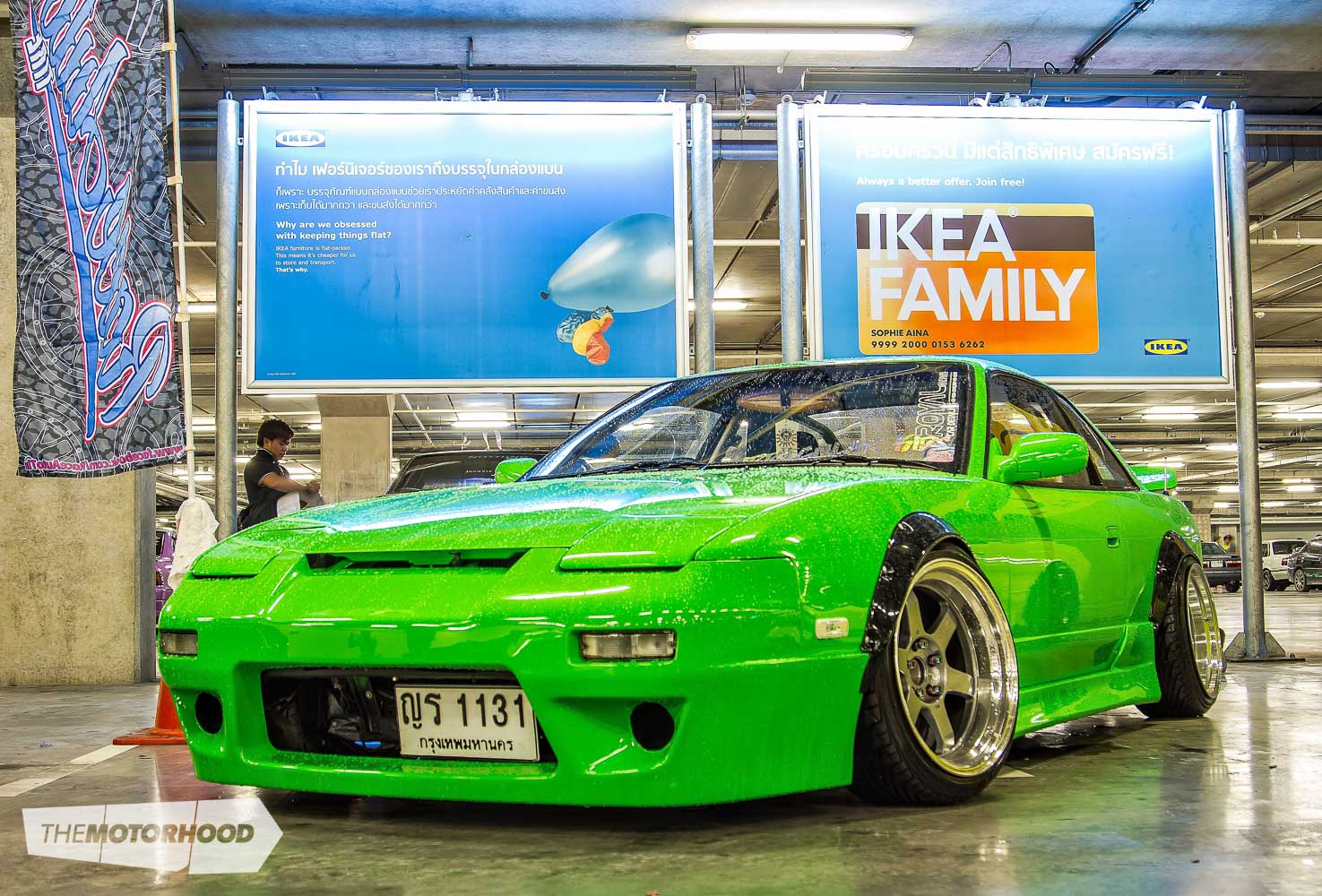
View fullsize
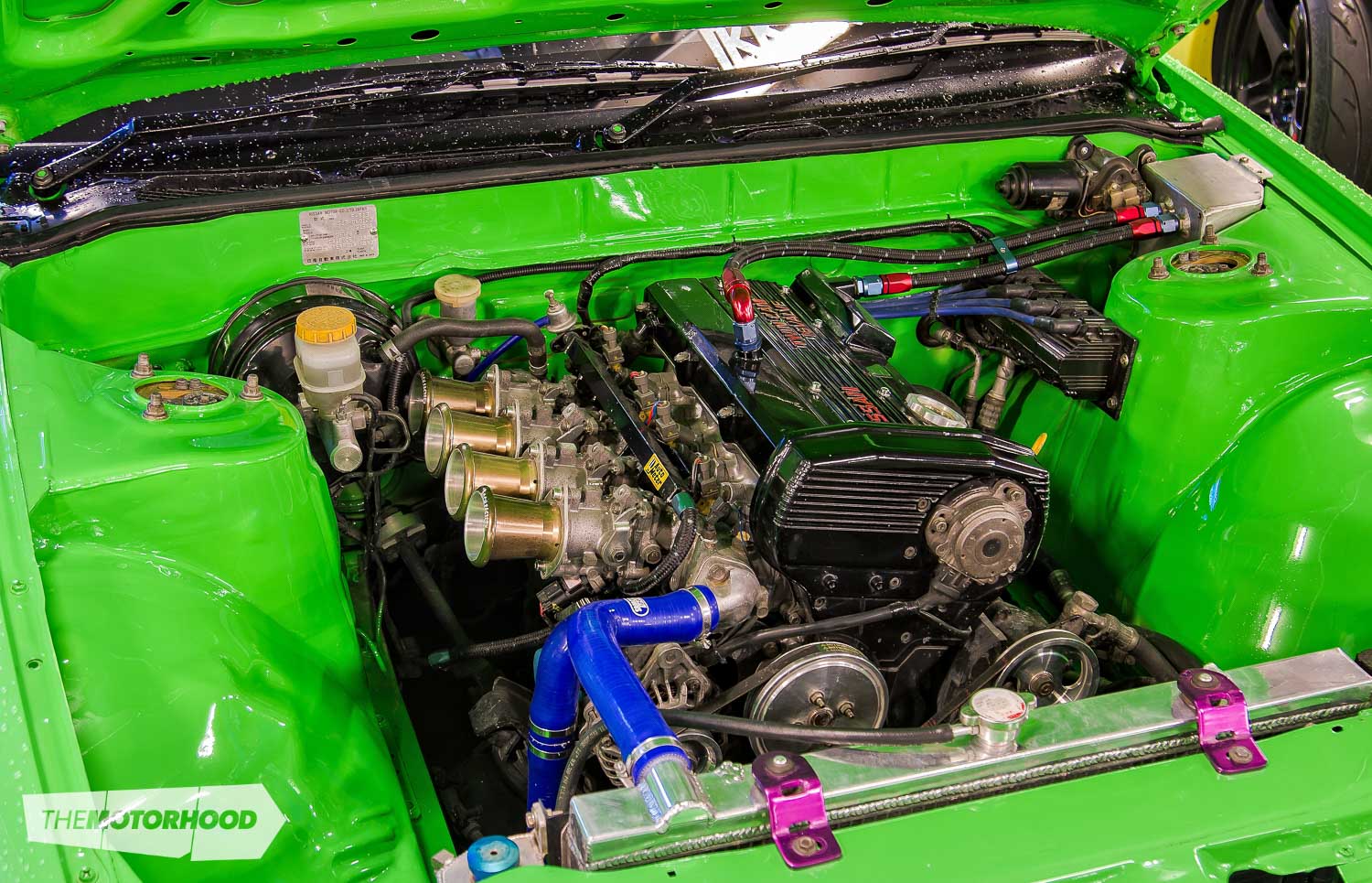
View fullsize
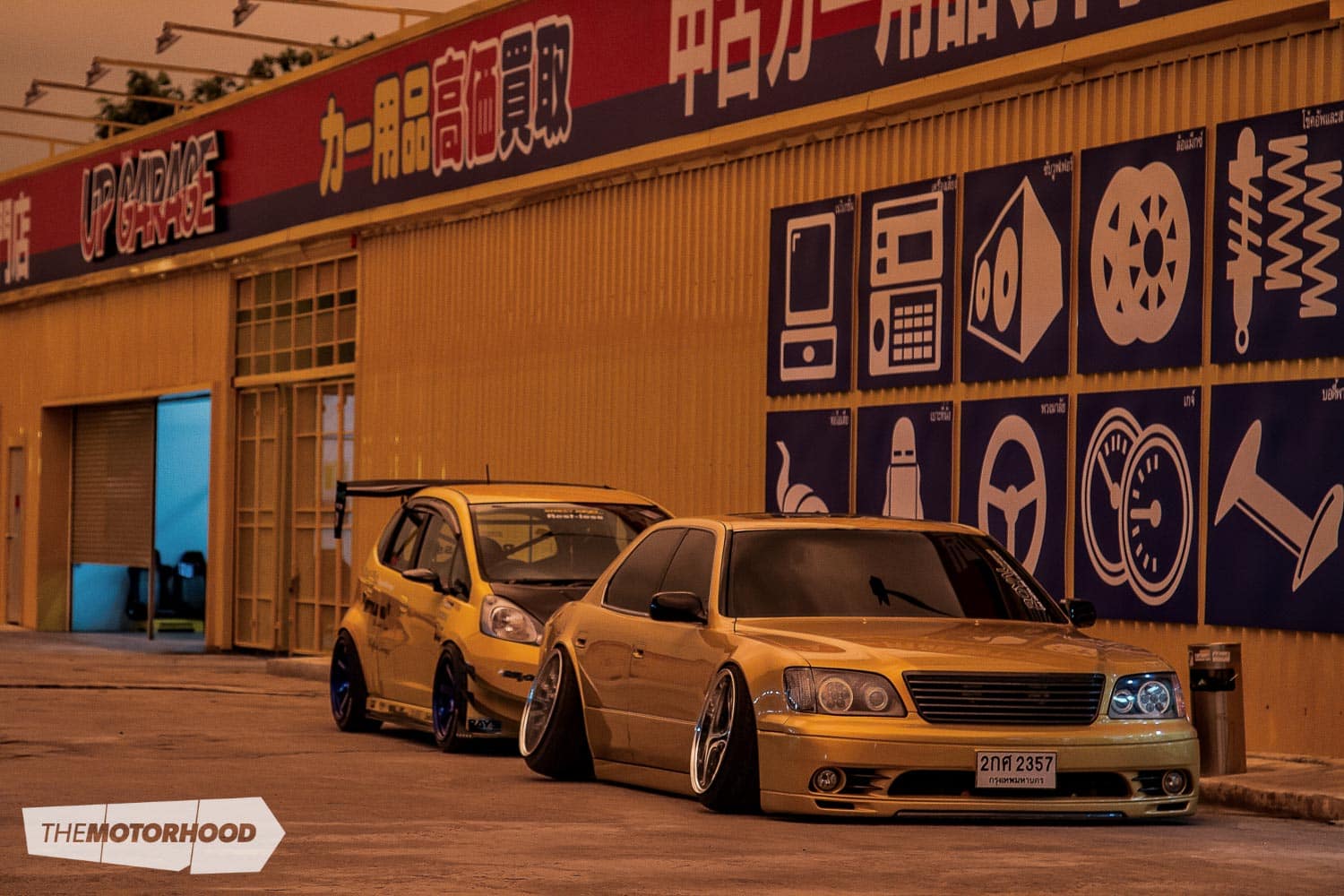
View fullsize
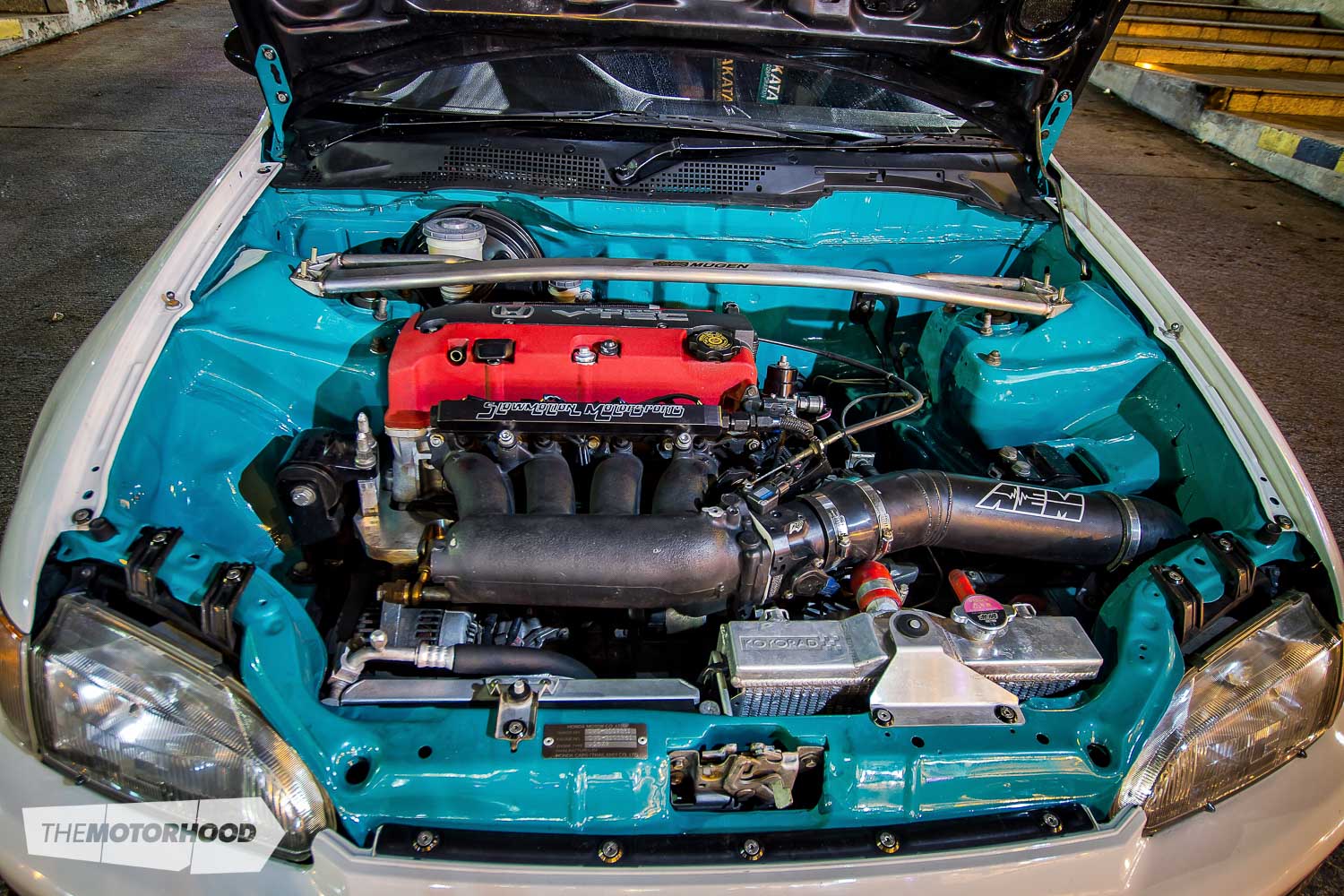
View fullsize
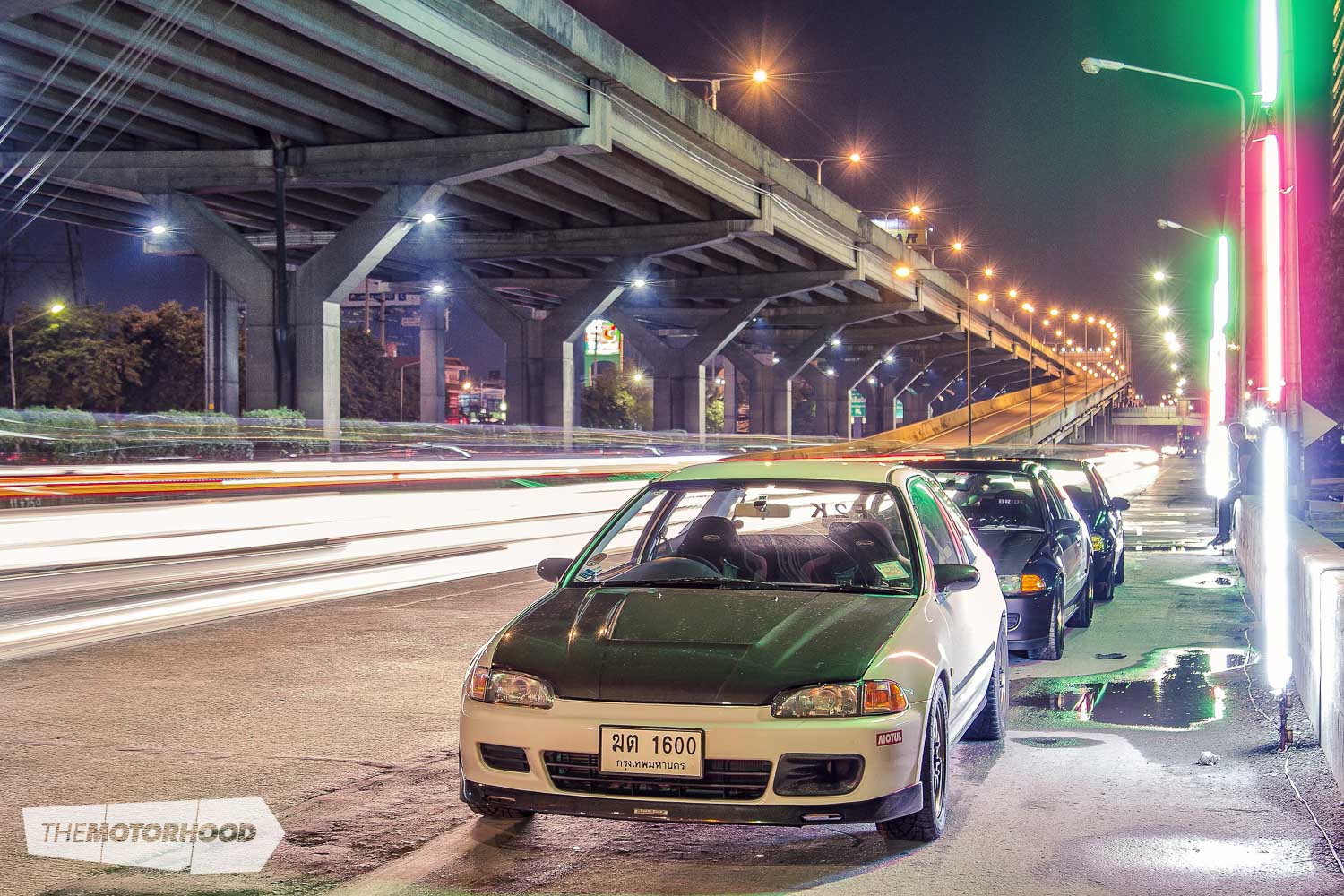
View fullsize
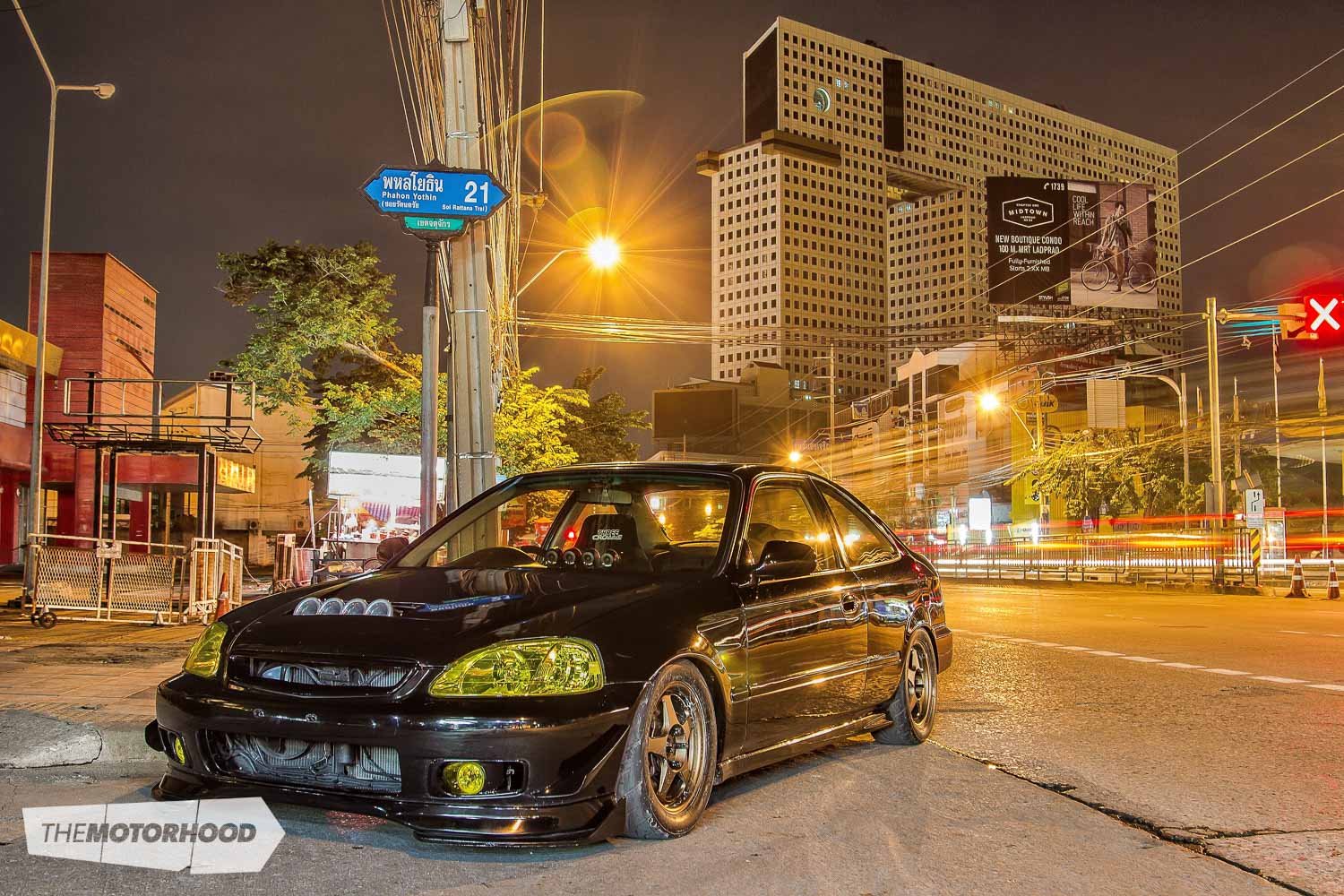
View fullsize
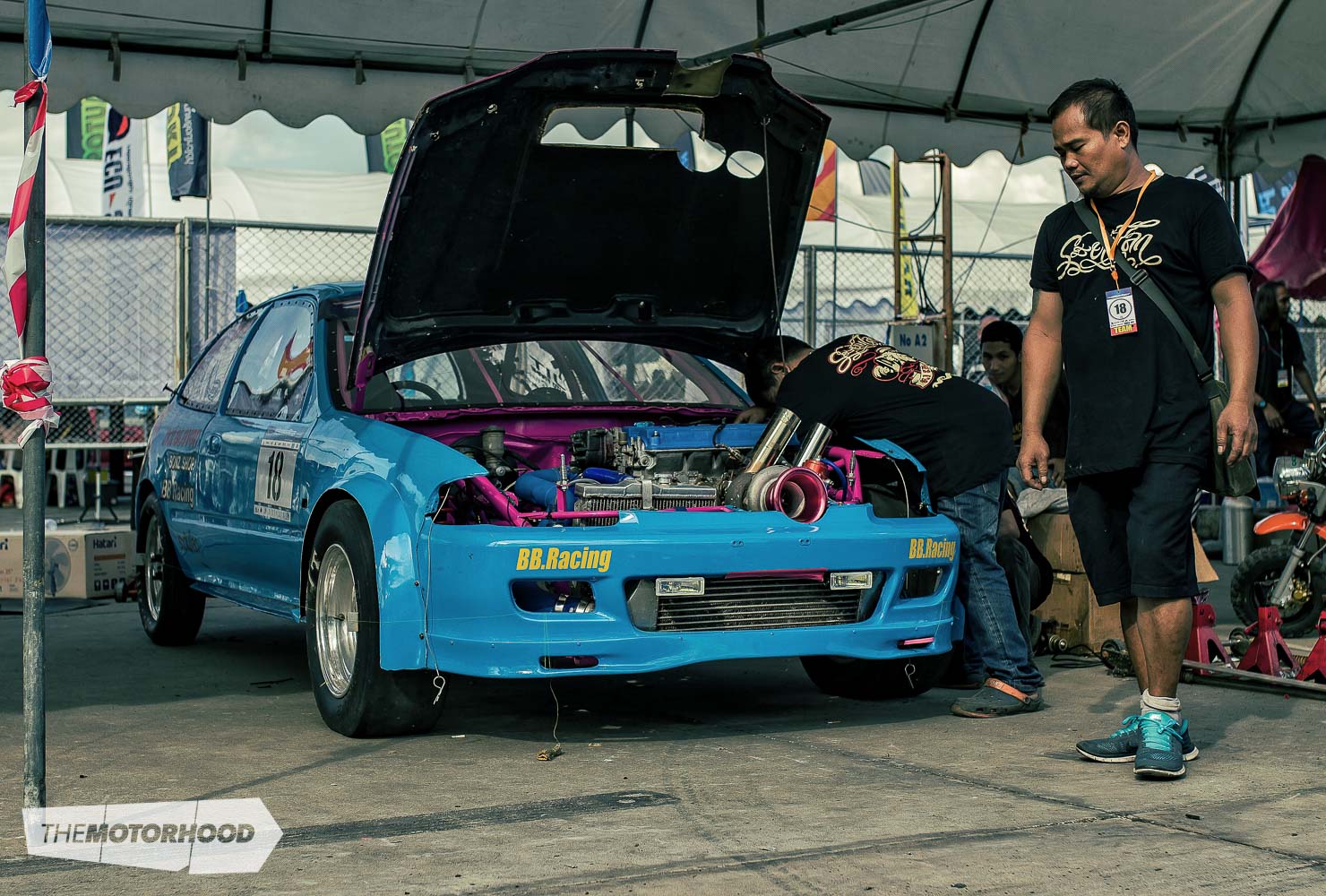
View fullsize
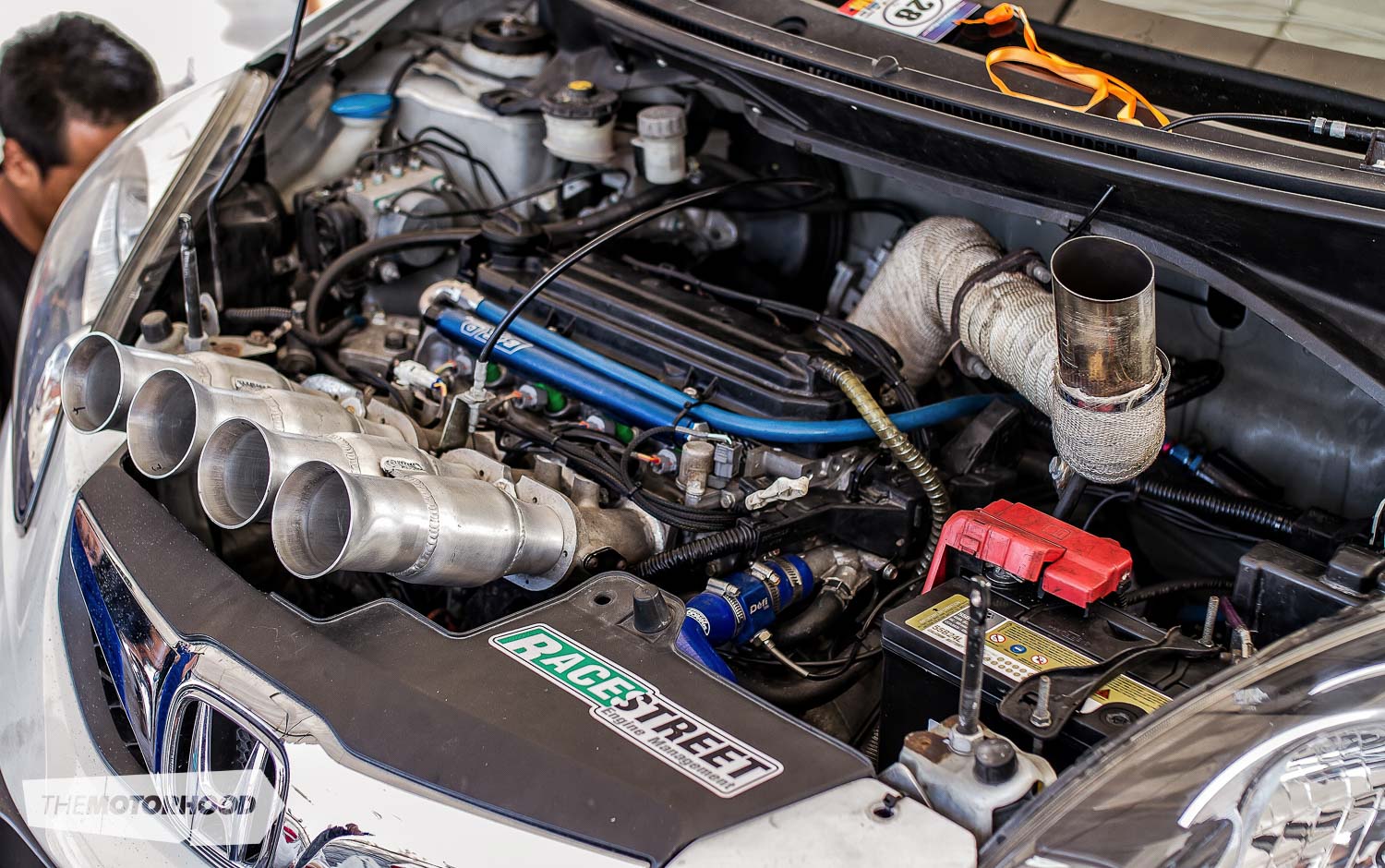
View fullsize
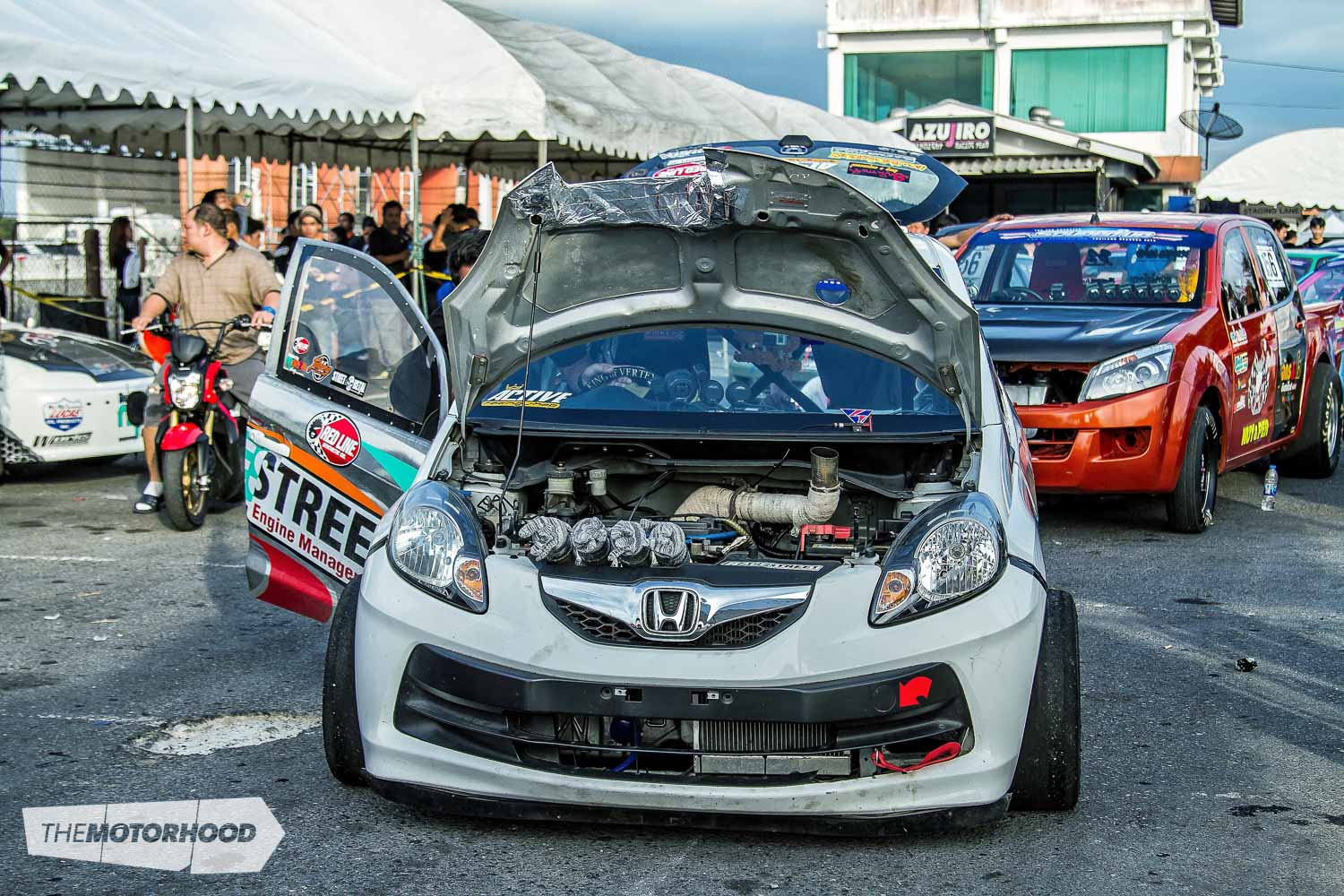
View fullsize
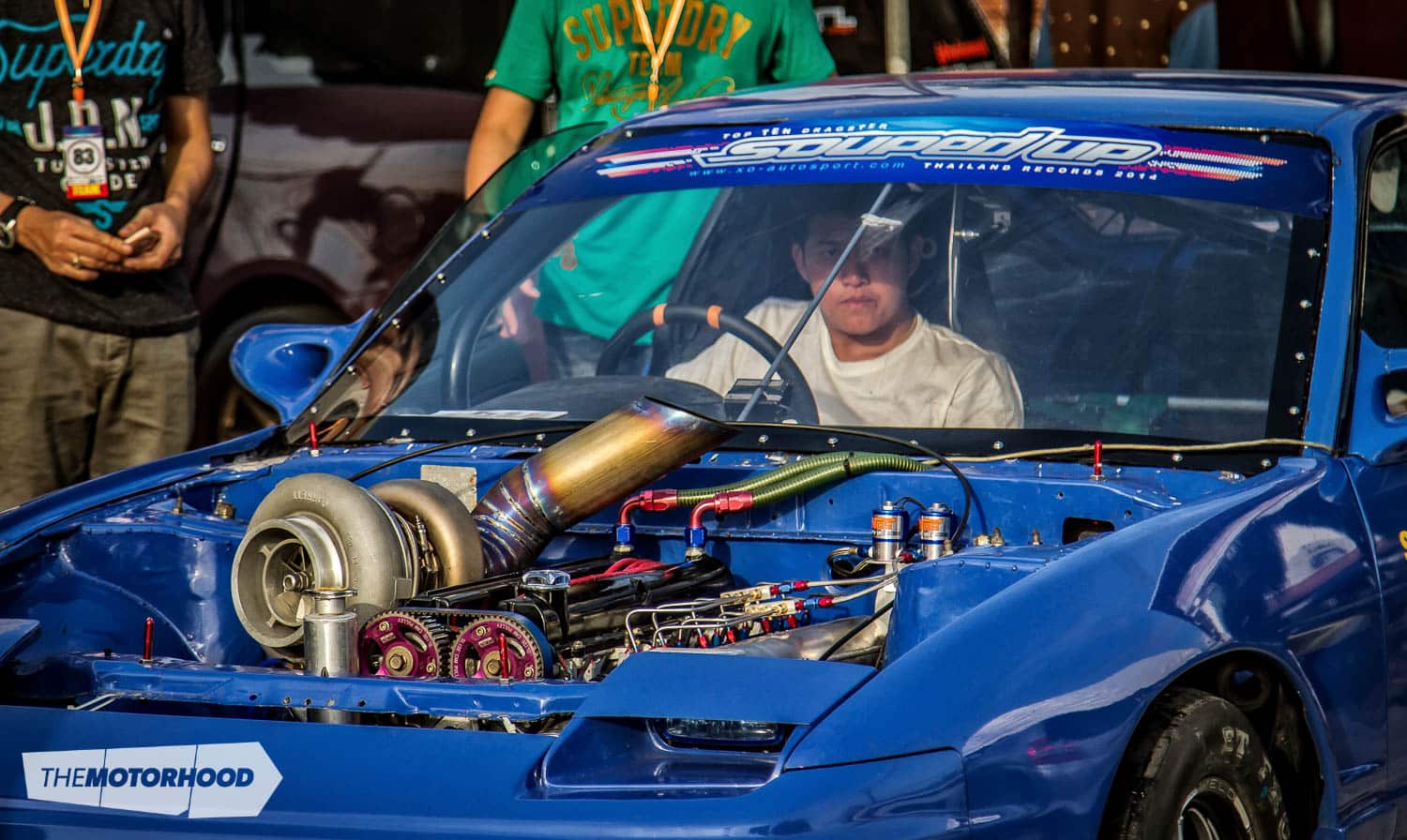
View fullsize
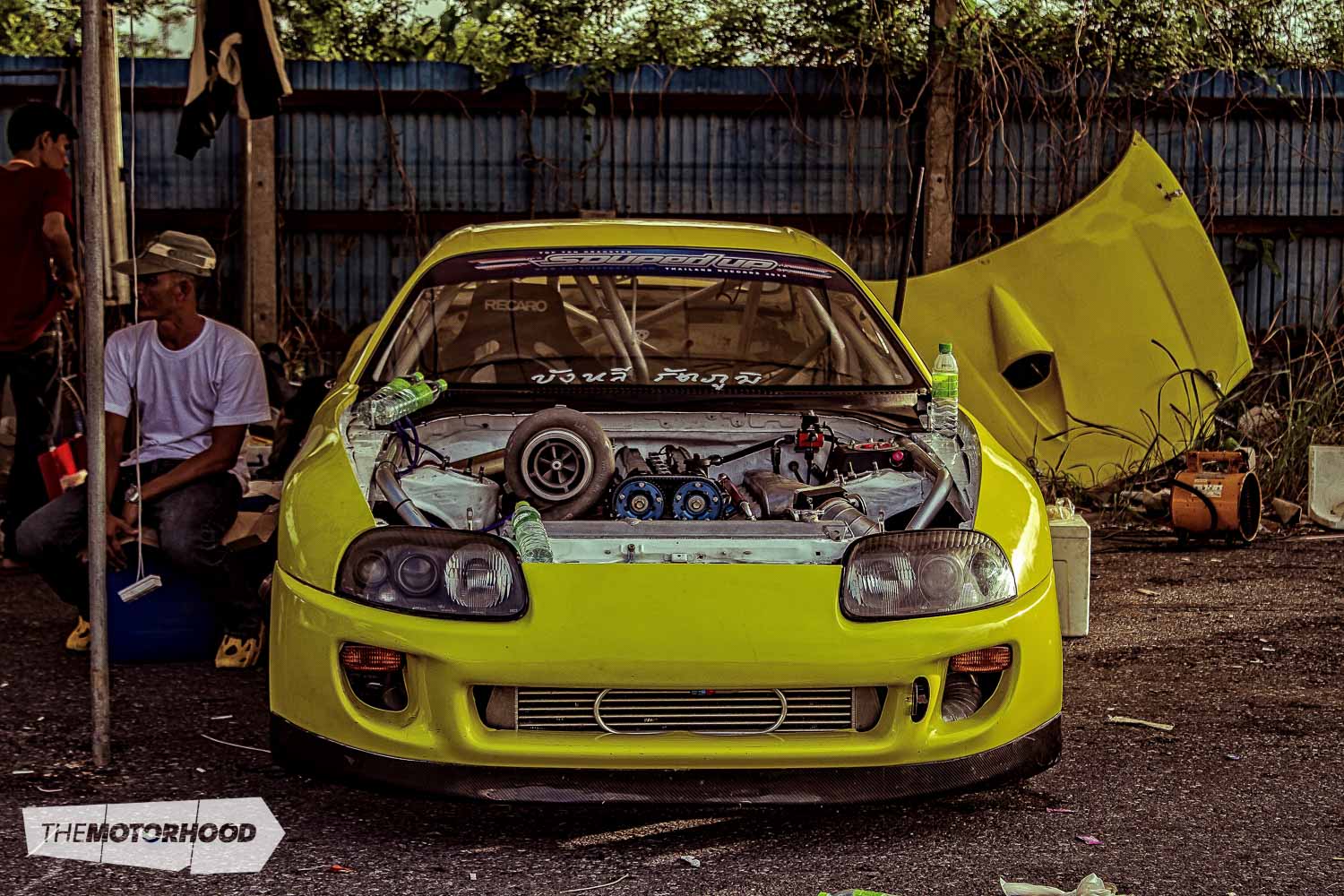
View fullsize
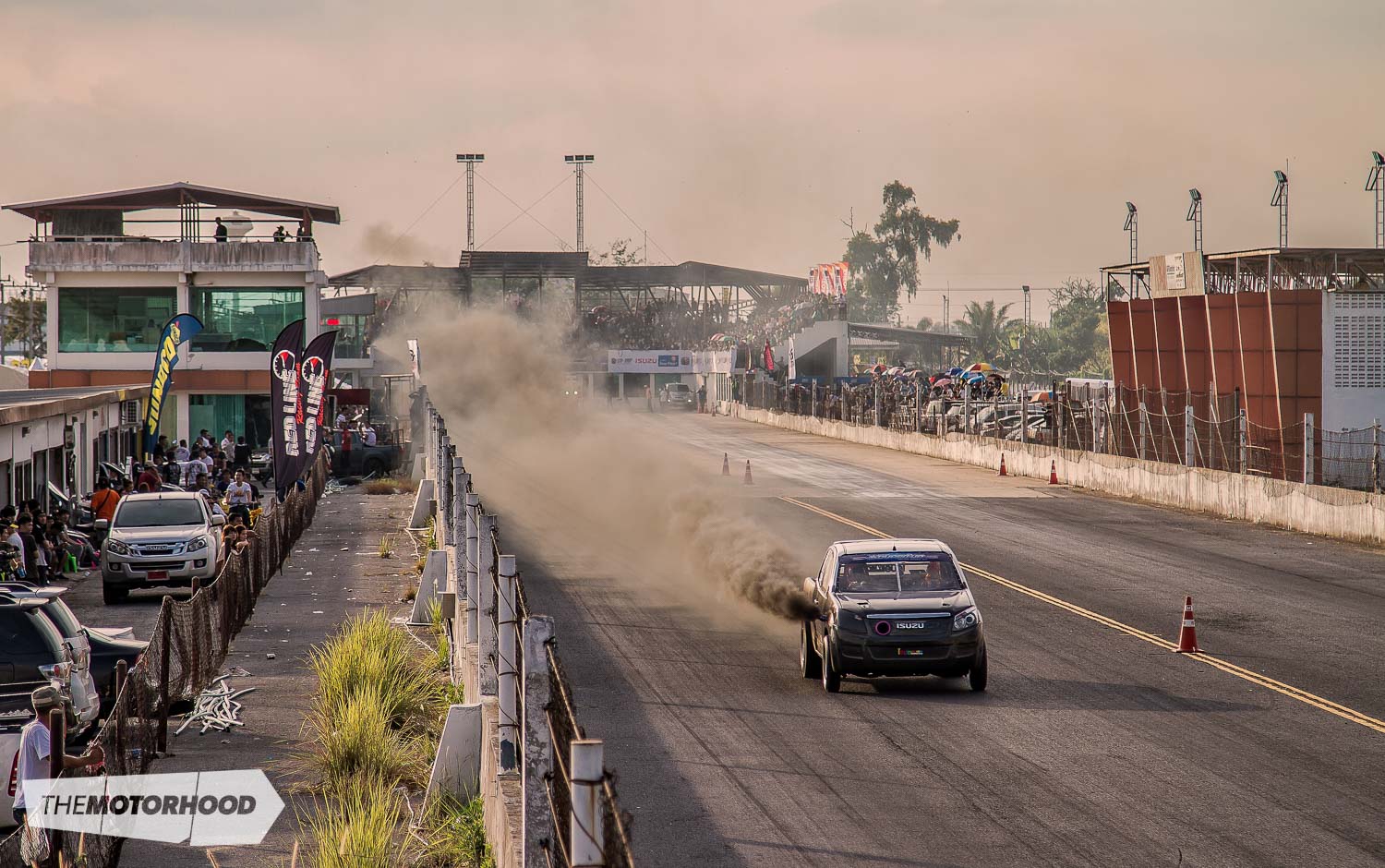
View fullsize
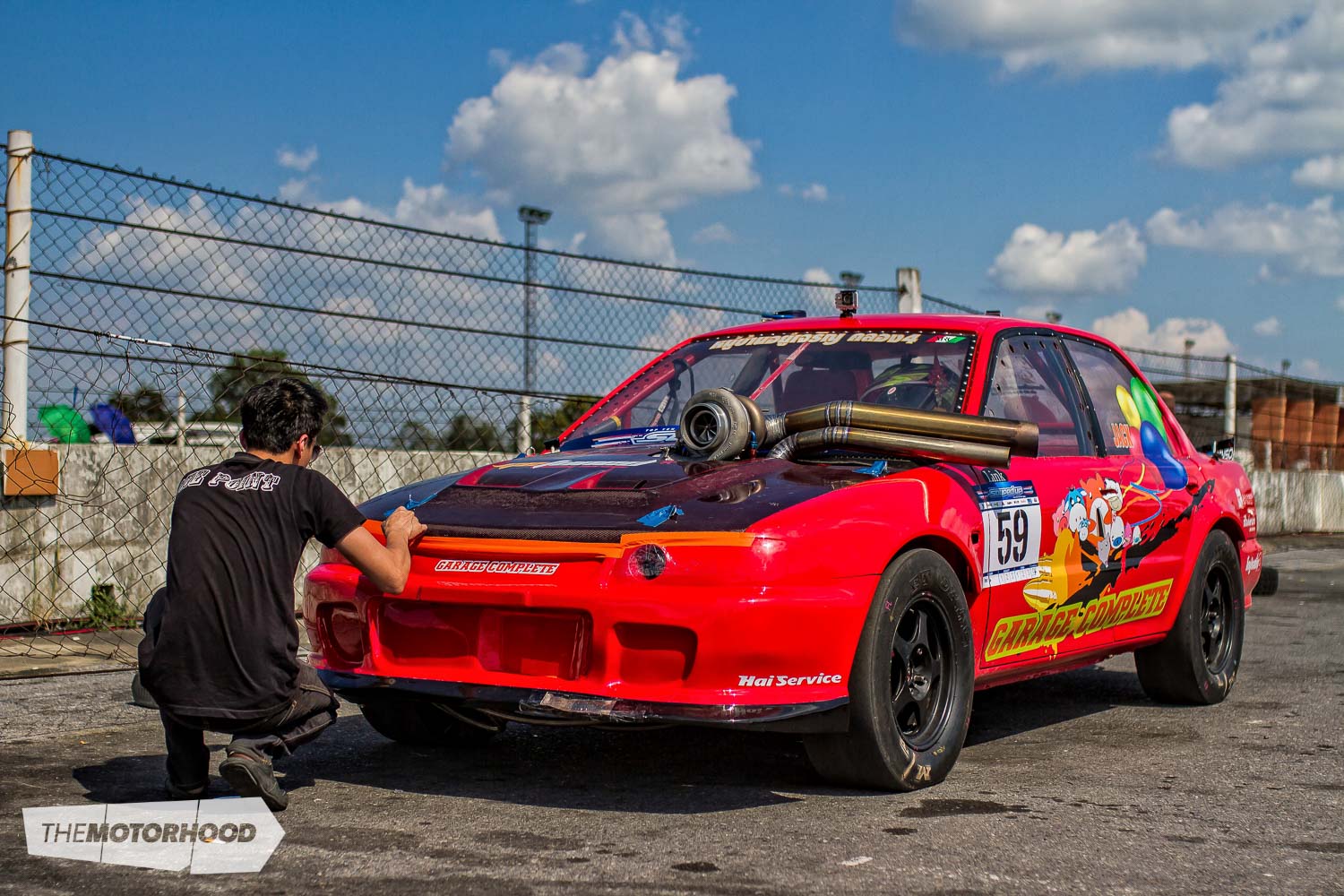
View fullsize
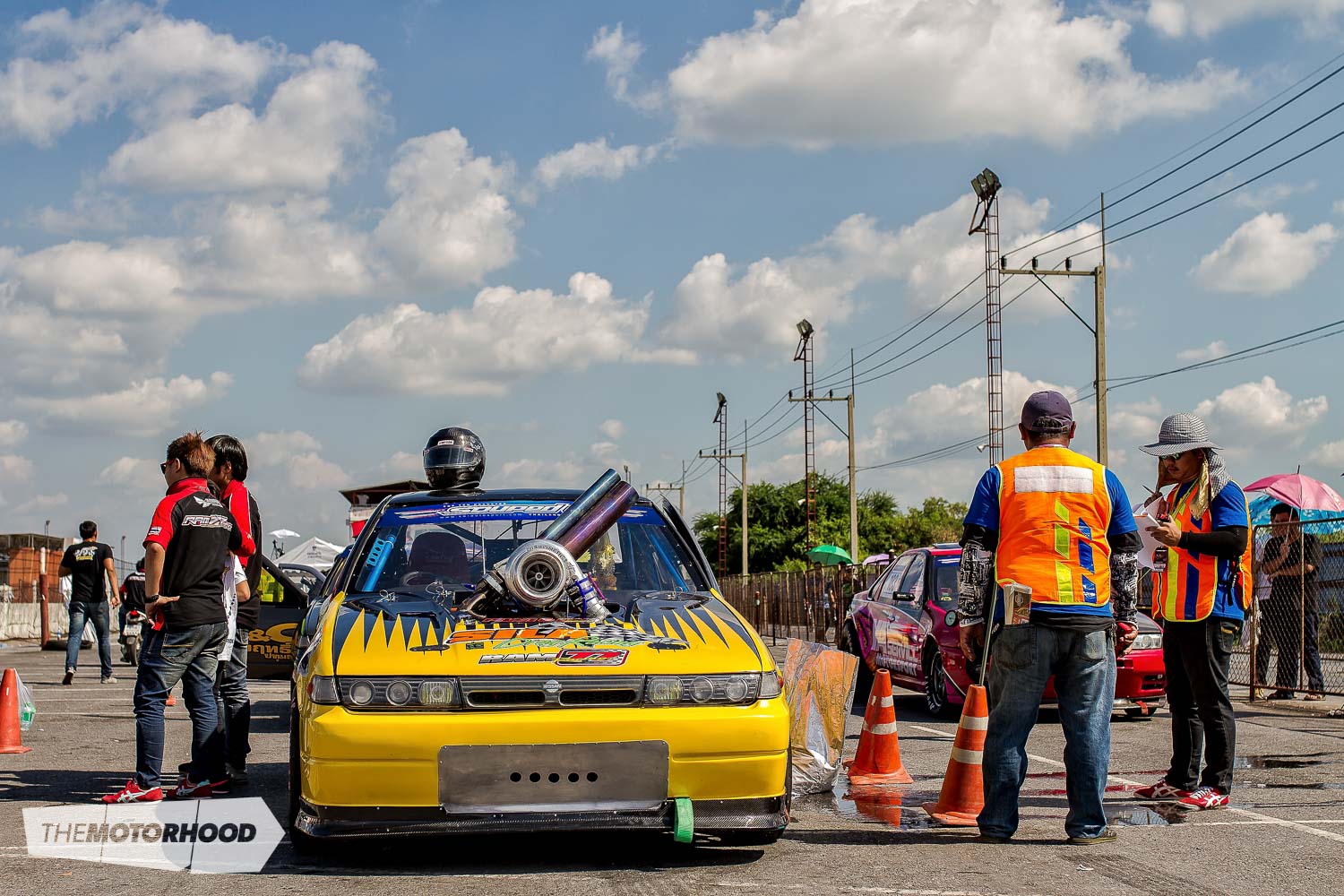
View fullsize
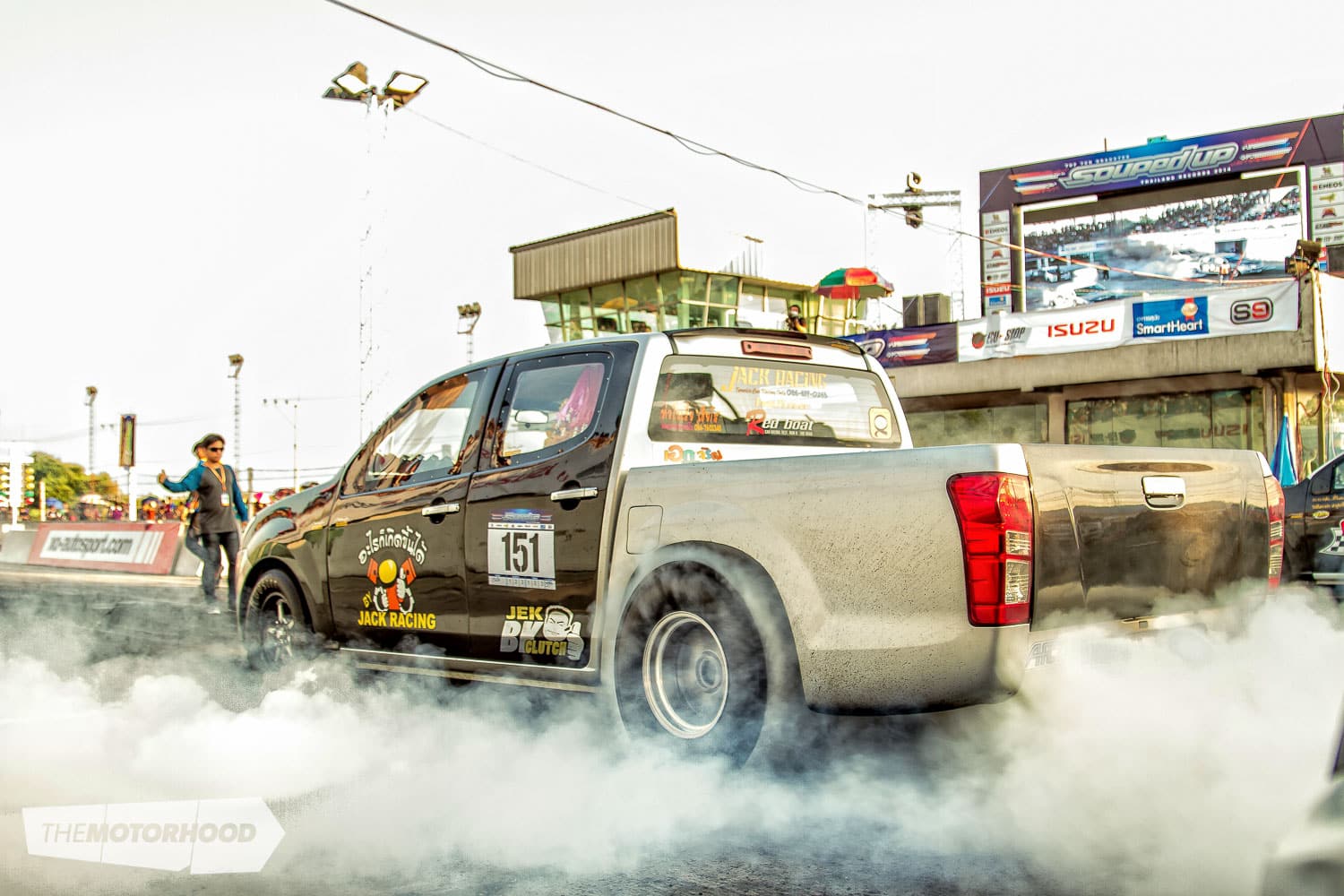
View fullsize
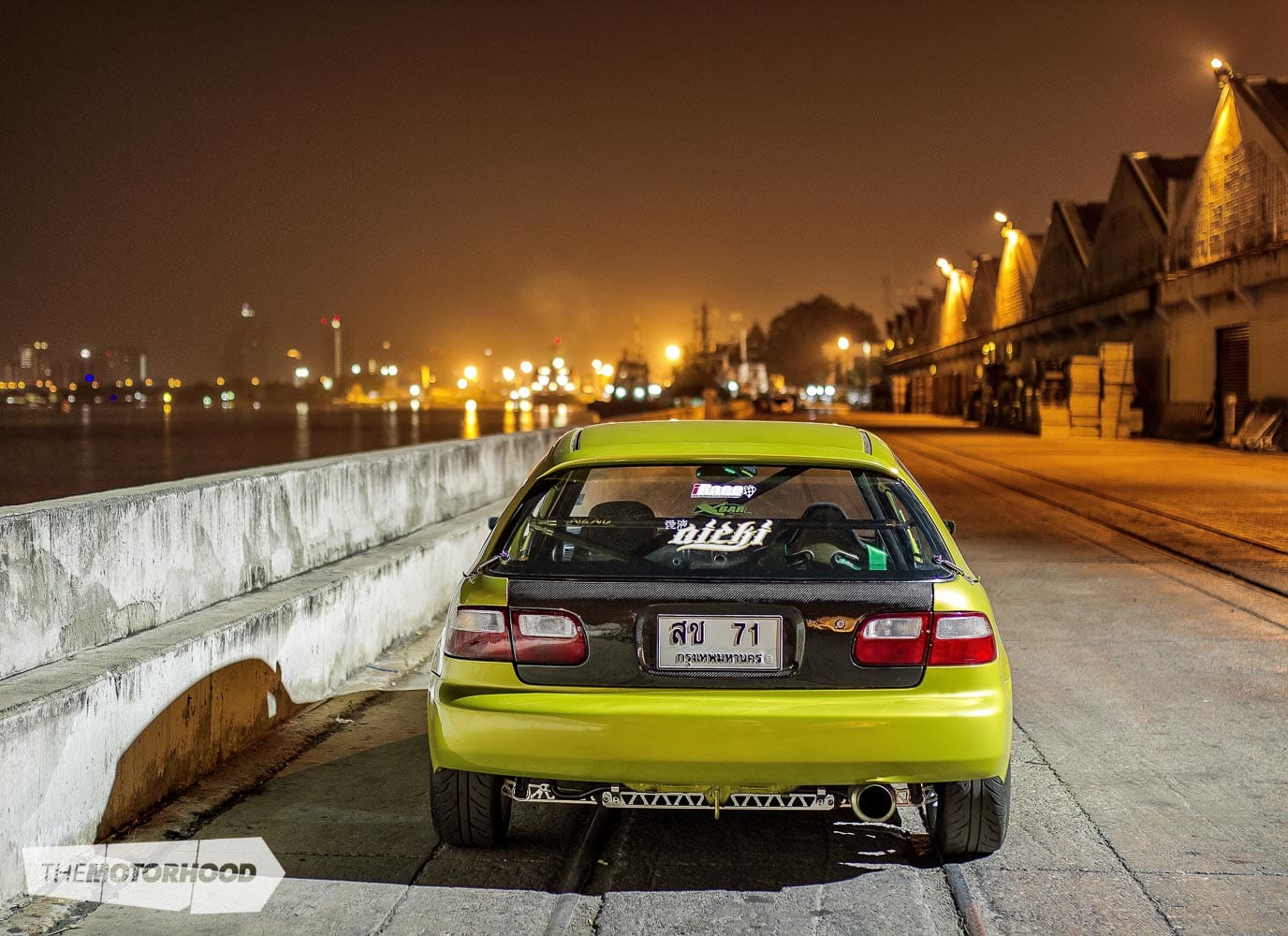
View fullsize
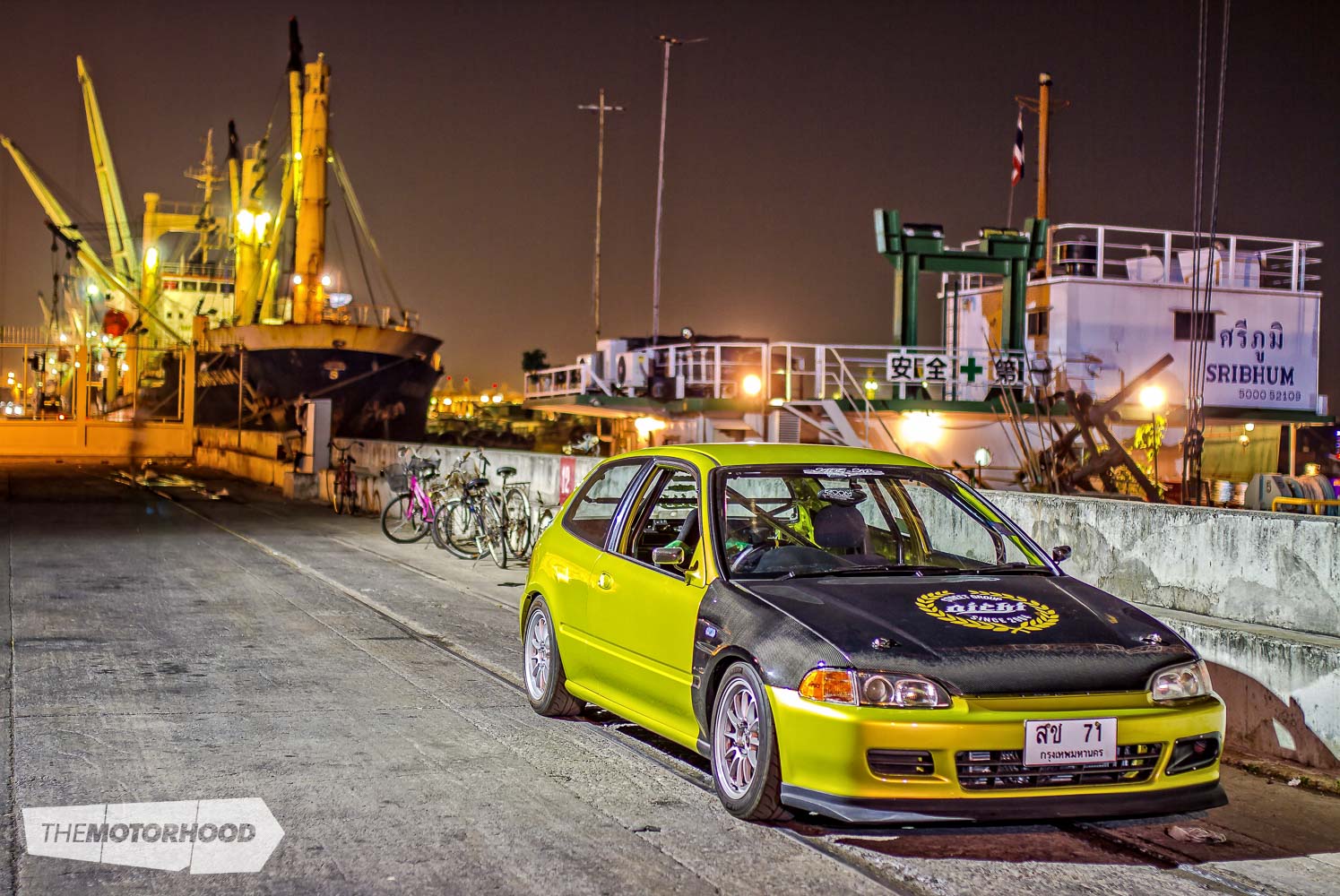
View fullsize
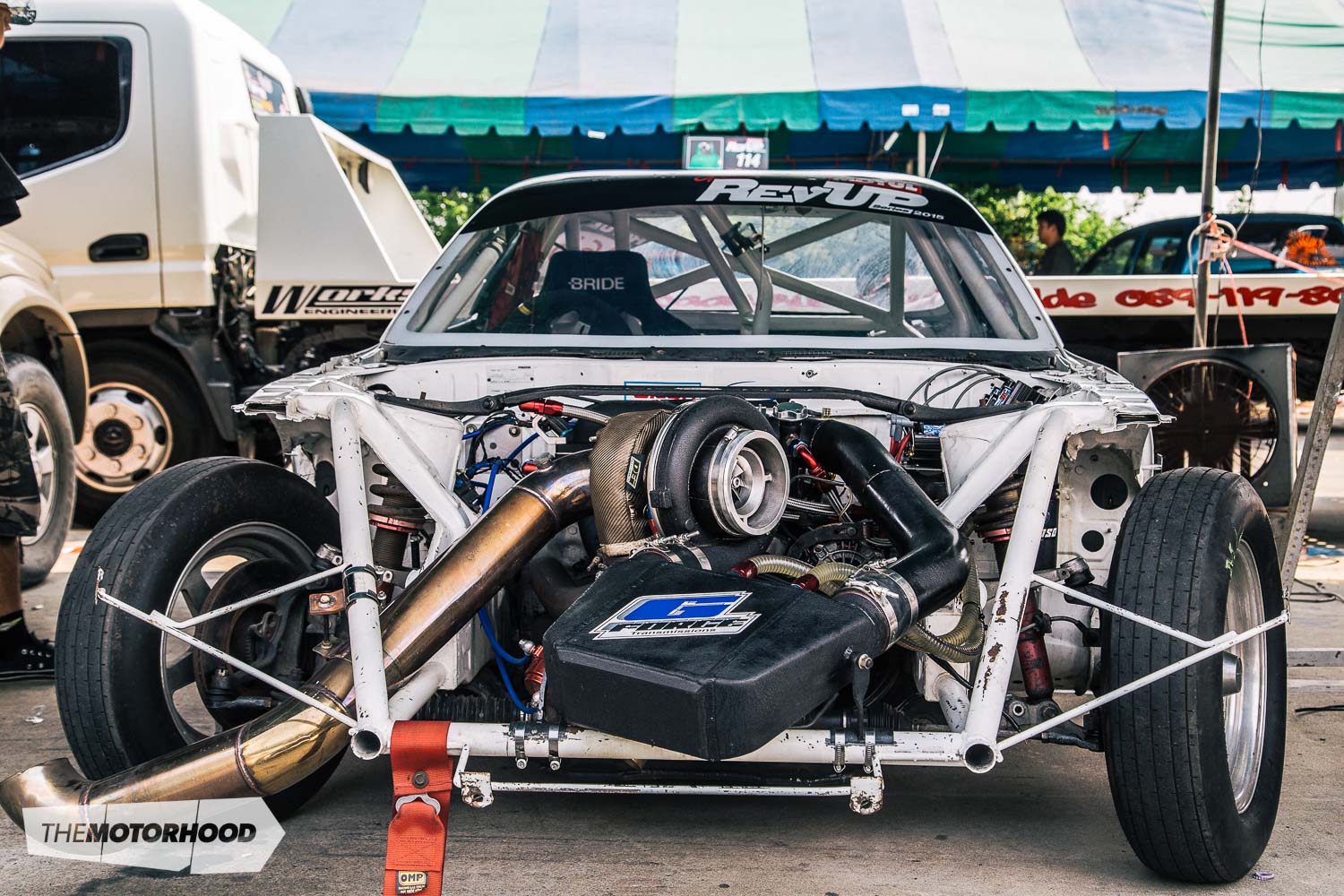
View fullsize

View fullsize

View fullsize

View fullsize

View fullsize

View fullsize

View fullsize
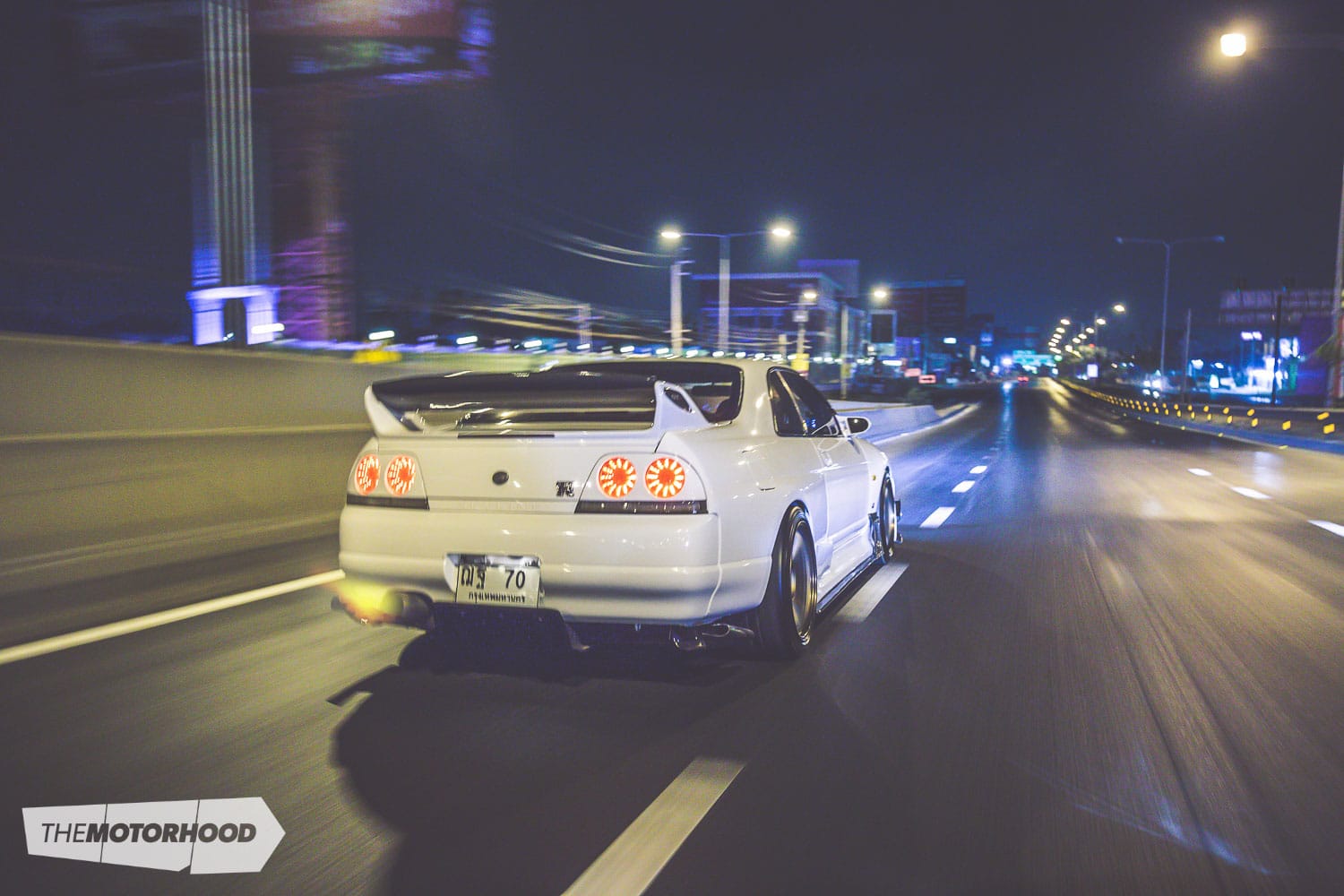
View fullsize
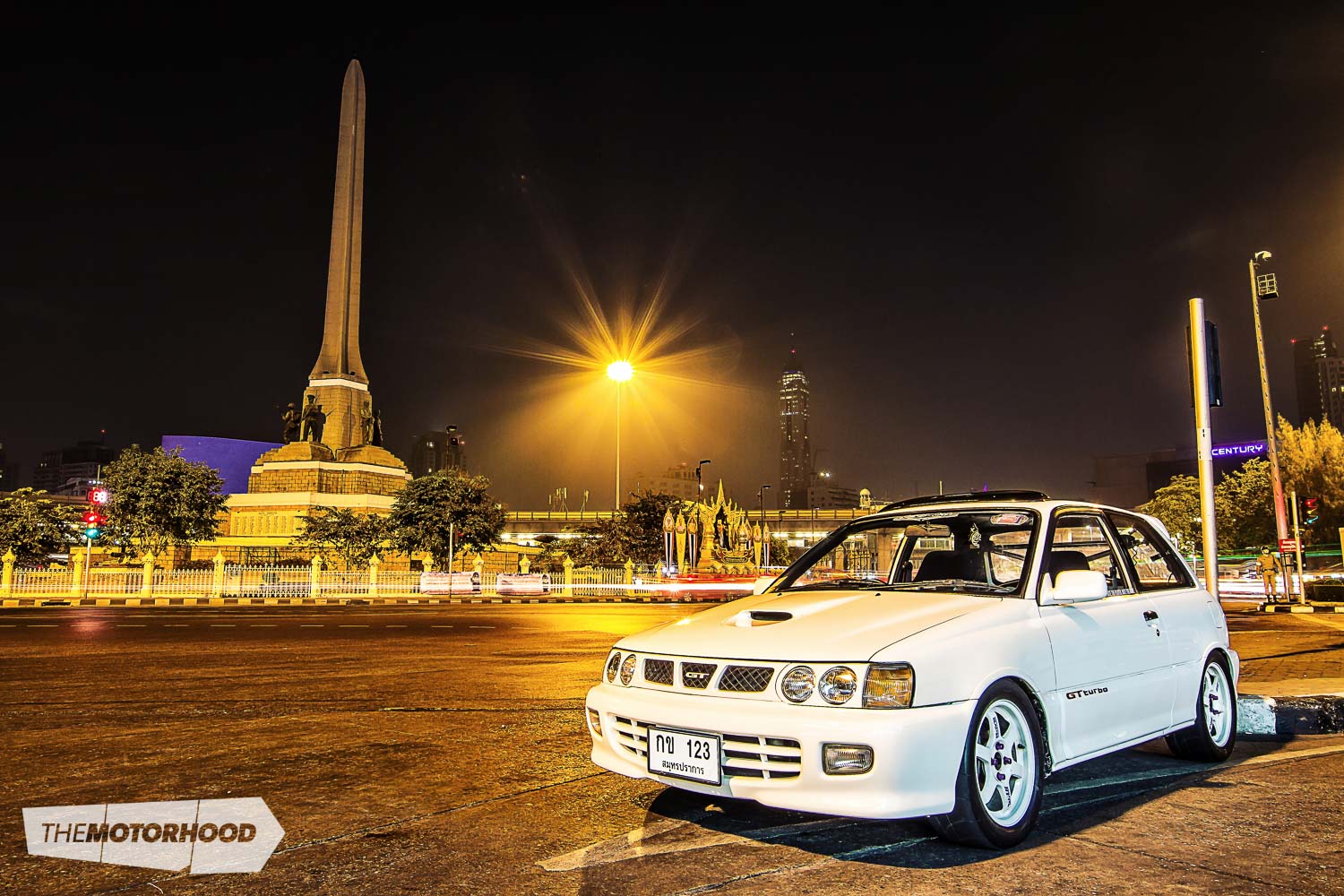
View fullsize
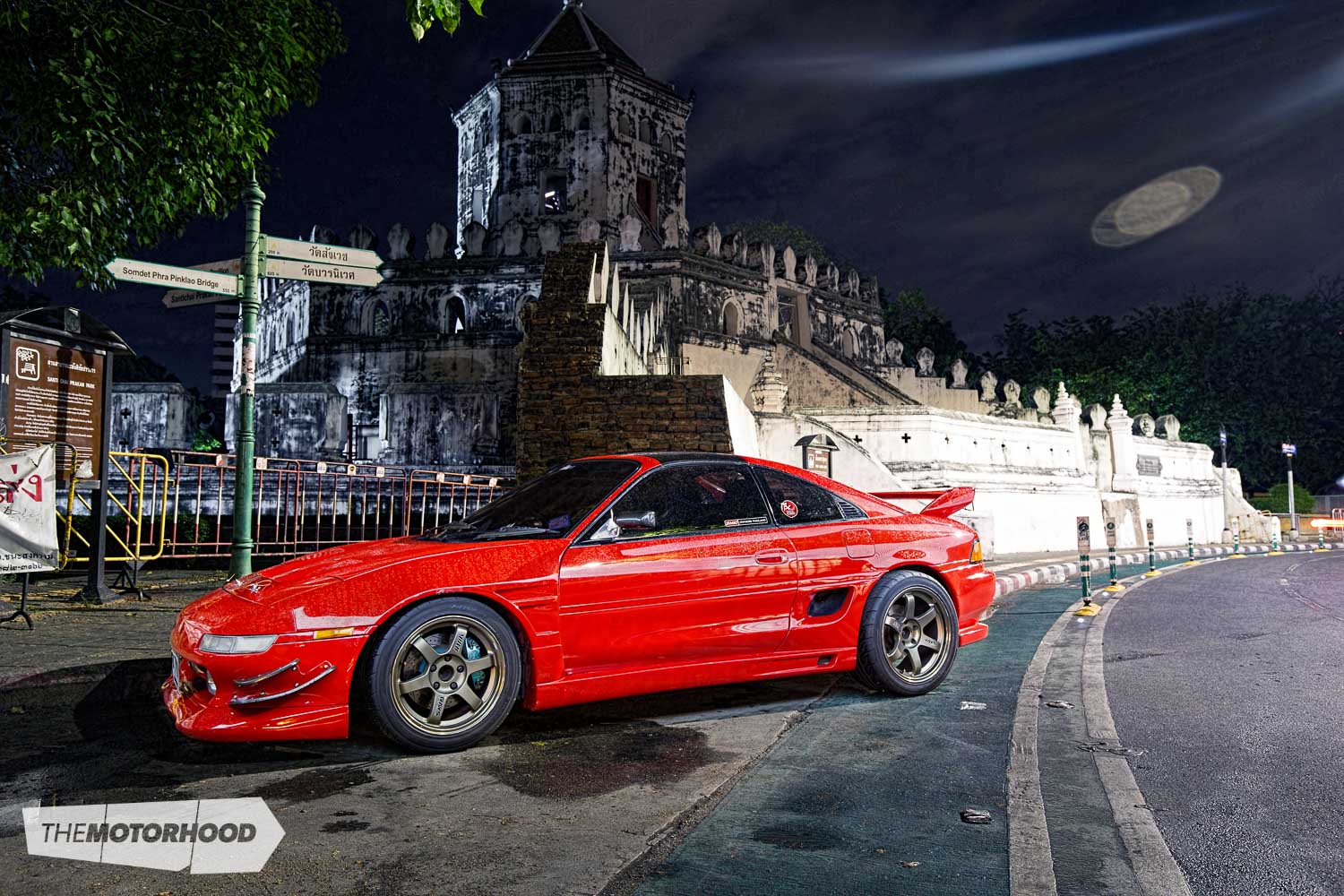
View fullsize
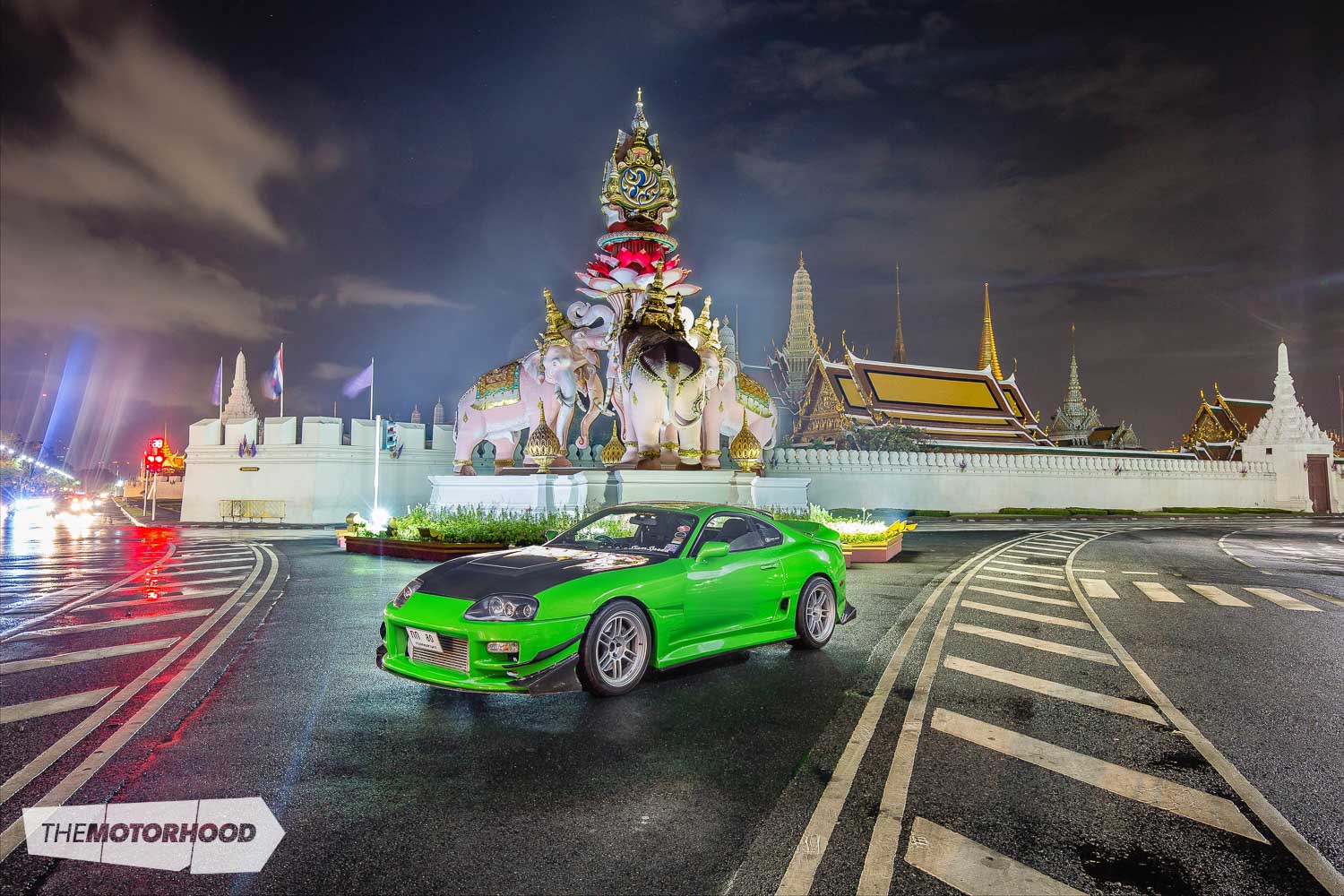
View fullsize
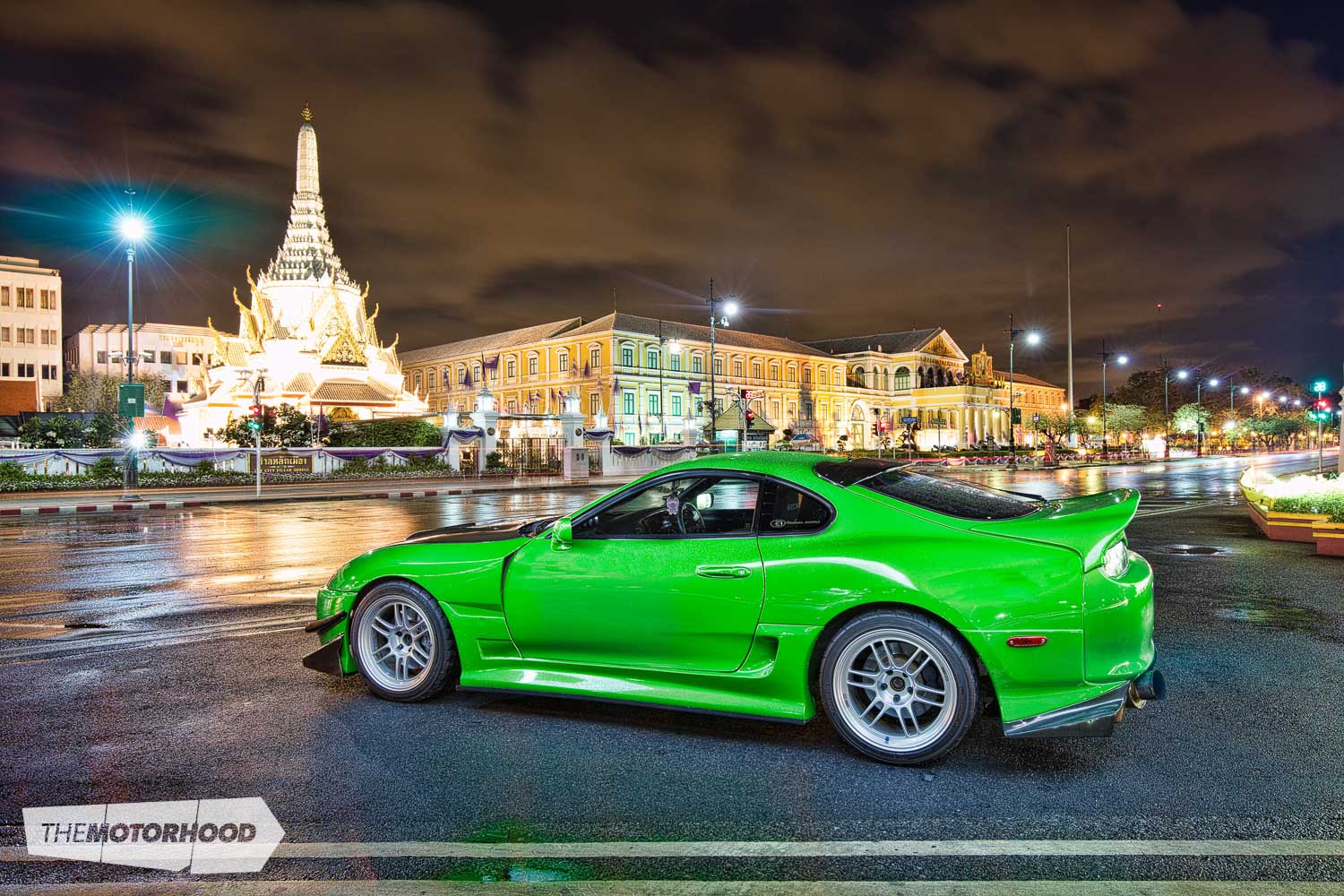
View fullsize
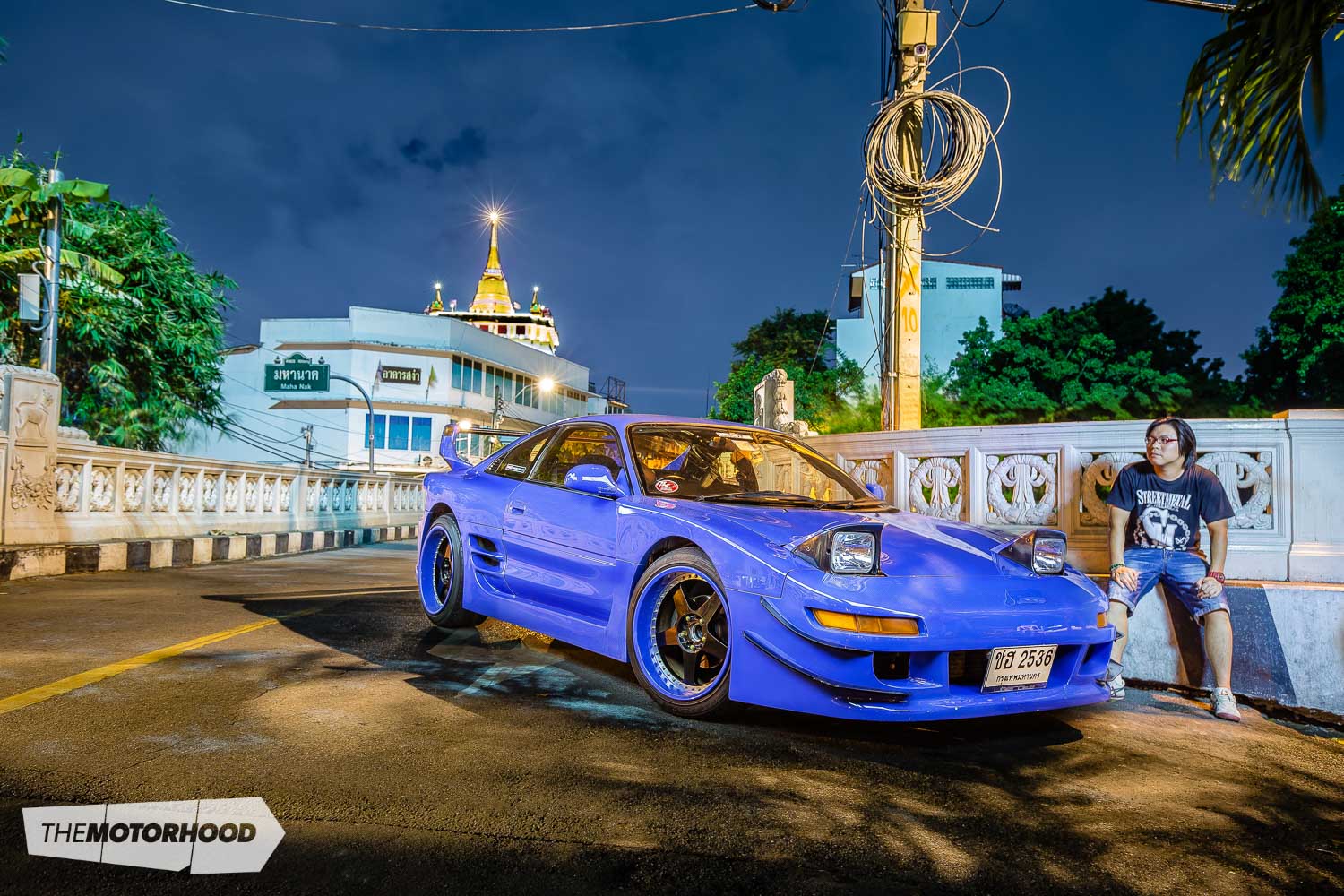
View fullsize
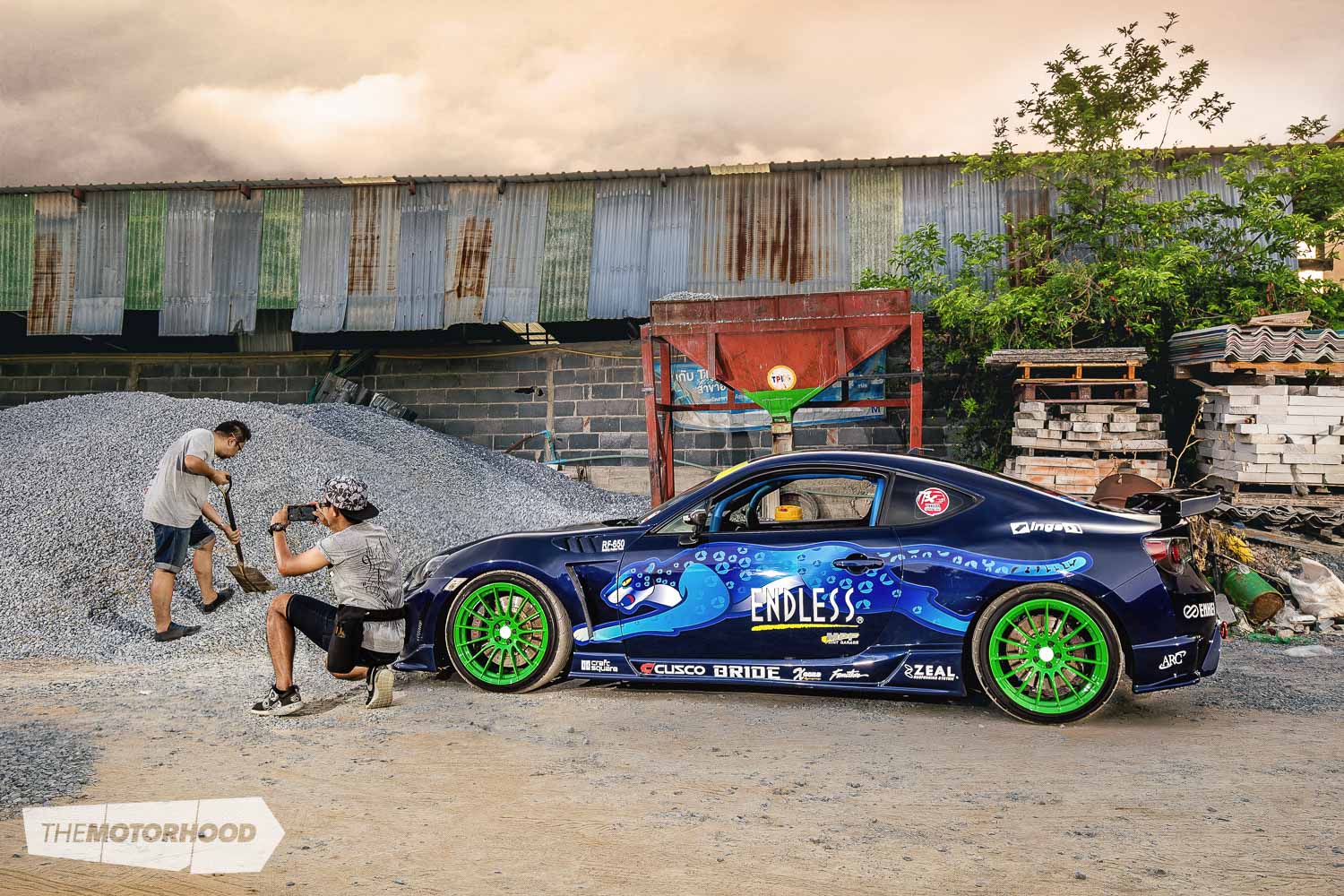
This article was originally published in NZ Performance Car Issue No. 224. You can pick up a print copy or a digital copy of the magazine below:
